Hinge Points: An Inside Look at North Korea’s Nuclear Program
2007
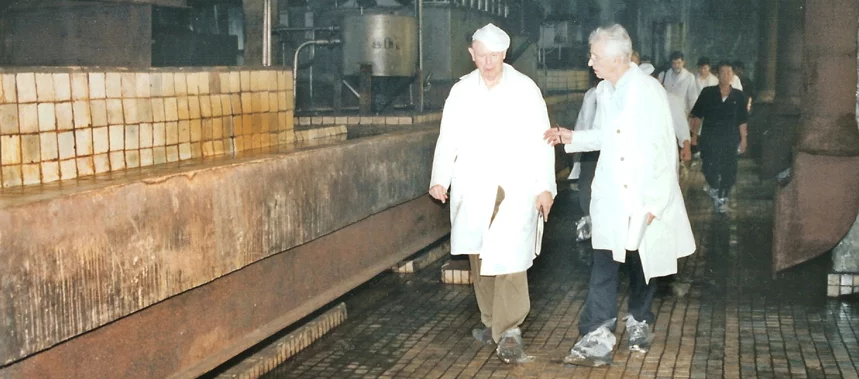
Dates: August 7-11, 2007 | Yongbyon visit: August 10, 2007
Years 2007 and 2008 were a time of active diplomatic engagement when “first serious steps were taken that could have led to rolling back the nuclear program in Yongbyon.” In early March 2007, Vice Minister Kim Gye Gwan through the DPRK UN Mission arranged a meeting with John Lewis and the Stanford team in California. A quiet Inn in Saratoga, just south of Stanford campus, became a venue for “relaxed, candid dialogue for the Stanford group with the seven-member Kim delegation”.
By invitation of the North Korean side, the Stanford group returned to Pyongyang in August 2007 to visit the Yongbyon nuclear complex and assess the disablement actions. The Stanford delegation was composed of John Lewis, Siegfried Hecker, Robert Carlin, and John Merrill of the U.S. State Department.
Analyzing discussions during the trip, Hecker noted that the “North Koreans went out of their way to emphasize that Pyongyang had faithfully implemented their promises”. Looking into the future, the North Koreans conveyed in “unmistakable terms” that “If the United States is unwilling to provide a light water reactor (LWR), Pyongyang cannot go to the stage of irreversible dismantlement”.
Summary report of Stanford delegation trip to North Korea, August 7-11, 2007
Back in the United States, Hecker reflected on possible diplomacy steps to push towards effective resolution of the North Korean nuclear problem. Among other considerations, he noted:
The LWR represents a huge negotiating leverage for the U.S. It should be used in conjunction with other normalization measures to leverage irreversible closure of Yongbyon facilities and elimination of the DPRK nuclear weapons.
Siegfried Hecker, Considerations for U.S.-DPRK diplomacy based on observations from visit to Yongbyon, Aug. 10, 2007.
As part of potential normalization measures, John Lewis continued to explore possibilities for broader educational, medical, and cultural exchanges. The trip agenda included a visit to a Pyongyang Tuberculosis Hospital that set in motion the visit of a North Korean medical team to Stanford University the following year. Stanford University doctors provided Lewis with a set of questions seeking a better understanding of the scope of the TB problem in DPRK and a proposal for cooperation with the North Korean medics. The DPRK Foreign Ministry intervened with the Ministry of Health to overcome their initial reluctance to initiate exchanges with Americans.
February 2007: Hosting the DPRK delegation in California
In late February, only a week or so after the six-party February 2007 action plan was signed in Beijing, Lewis got a call from the DPRK New York mission to see if he could host Vice Minister Kim and his team at Stanford University on a stop-over to meetings in New York. The Inn in quiet Saratoga afforded a perfect venue for dialogue between the Stanford group and the DPRK delegation.
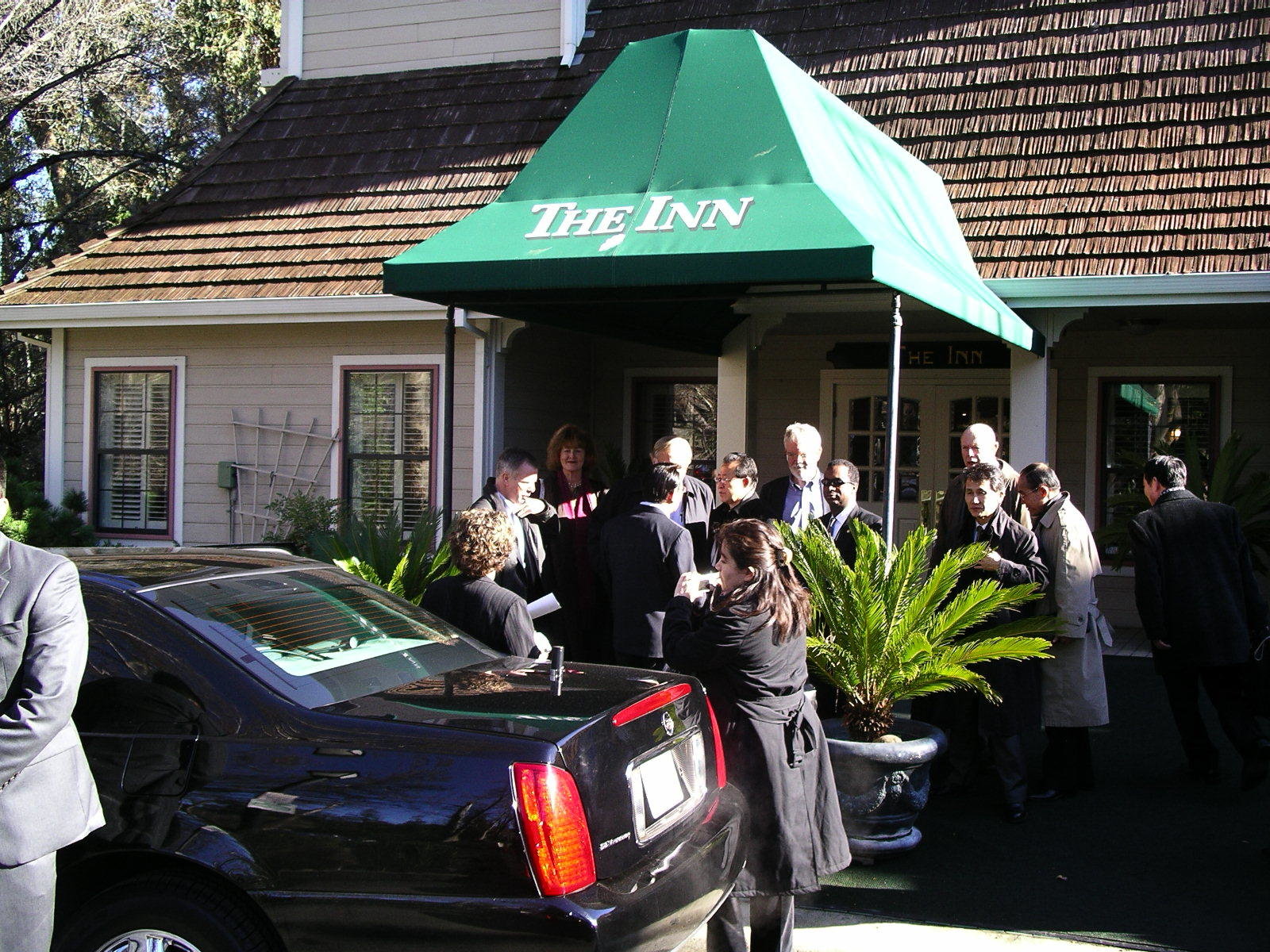
Kim Gye Gwan delegation arrives in Saratoga for meeting with Stanford University group.

Carlin (left) with North Korean MFA guest. Saratoga, February 2007
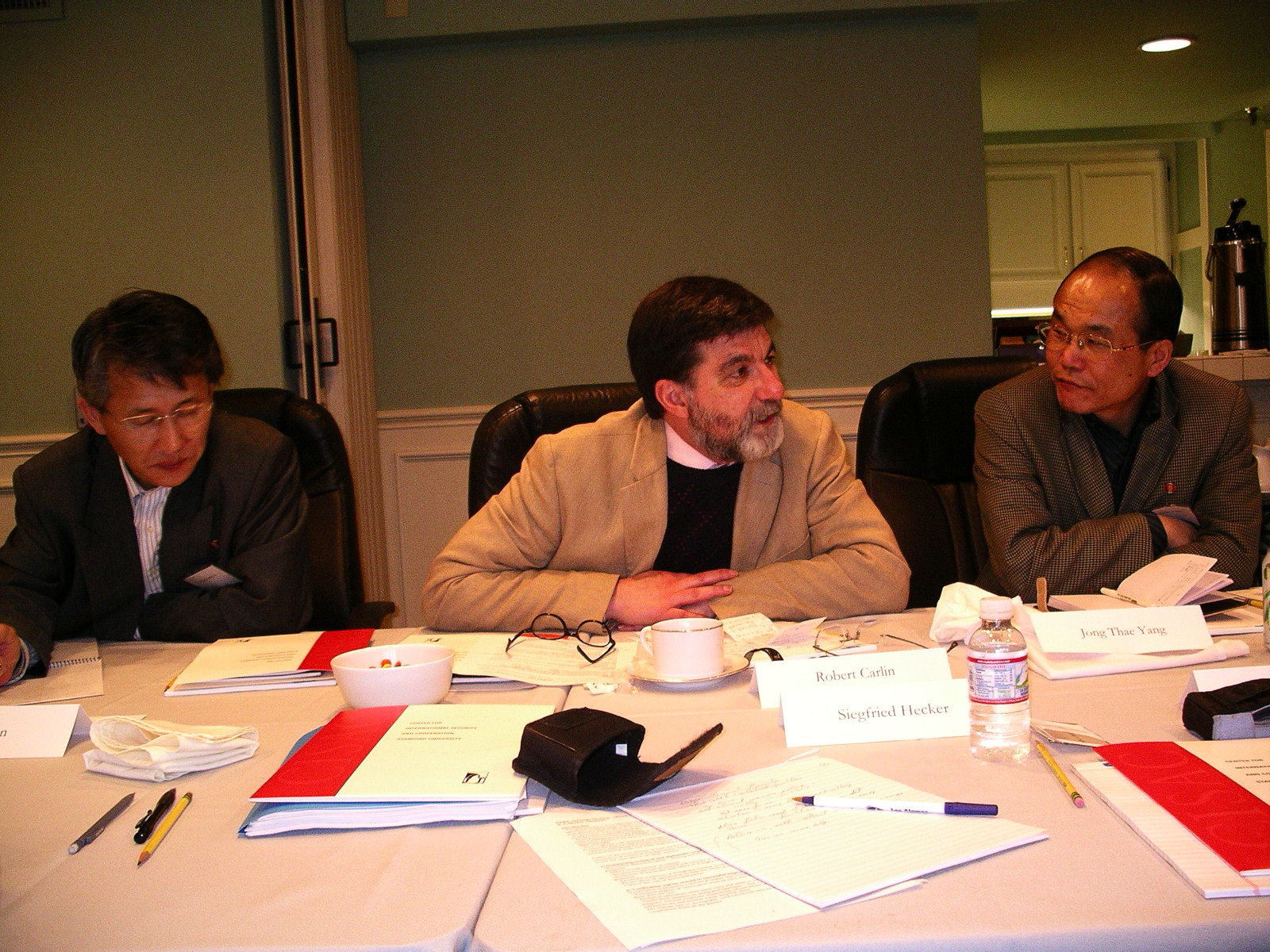
Carlin (center) with North Korean guests.
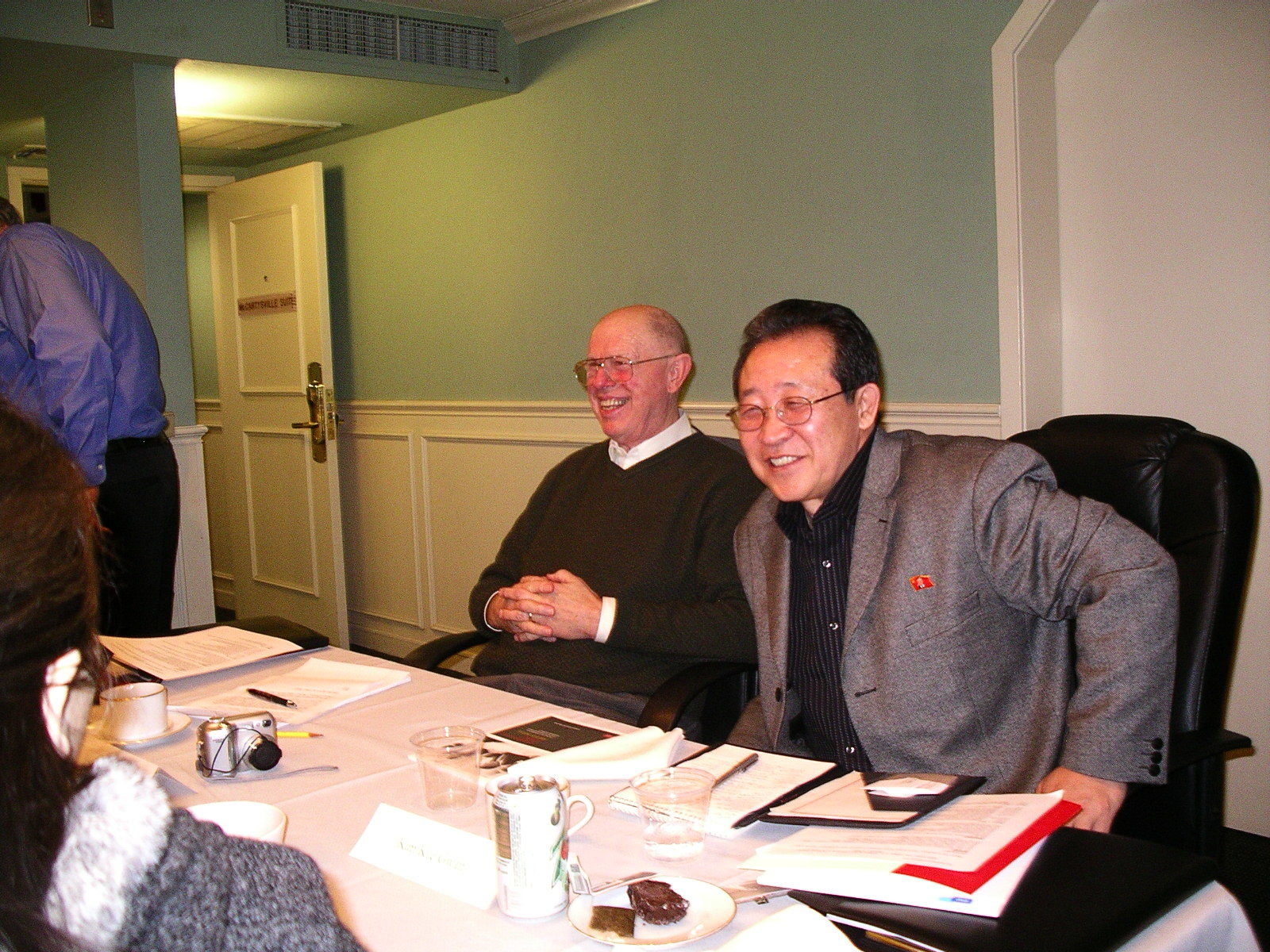
John Lewis and Kim Gye Gwan.
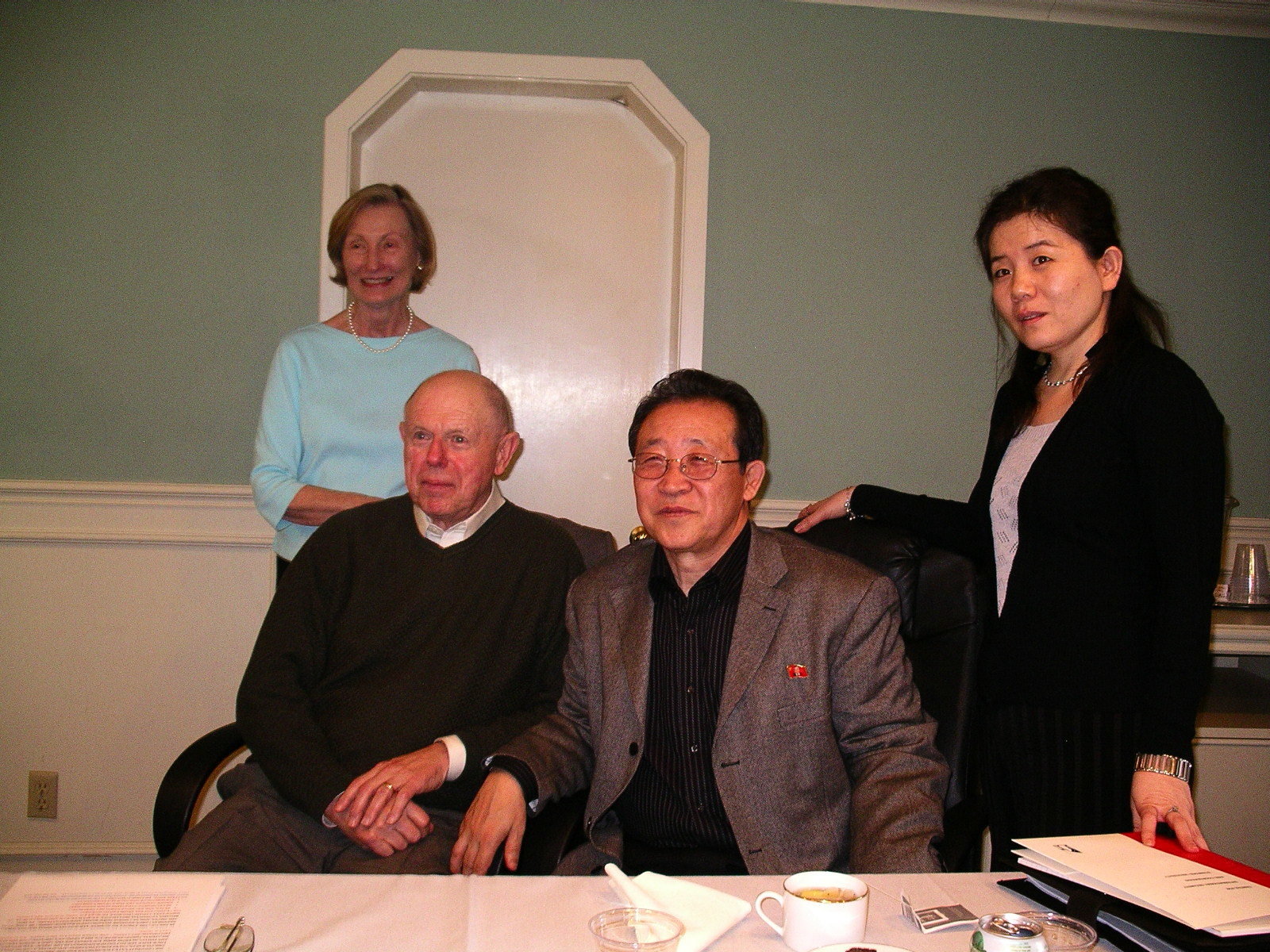
John and Jackie Lewis (left) with Vice Minister Kim Gye Gwan and Ms. Choe Son Hui from the DPRK North American bureau. She was present during each of Hecker’s visits to North Korea and Minister of Foreign Affairs.

Marjorie Kiewit and John Lewis with First Vice Minister Kim Gye Gwan.
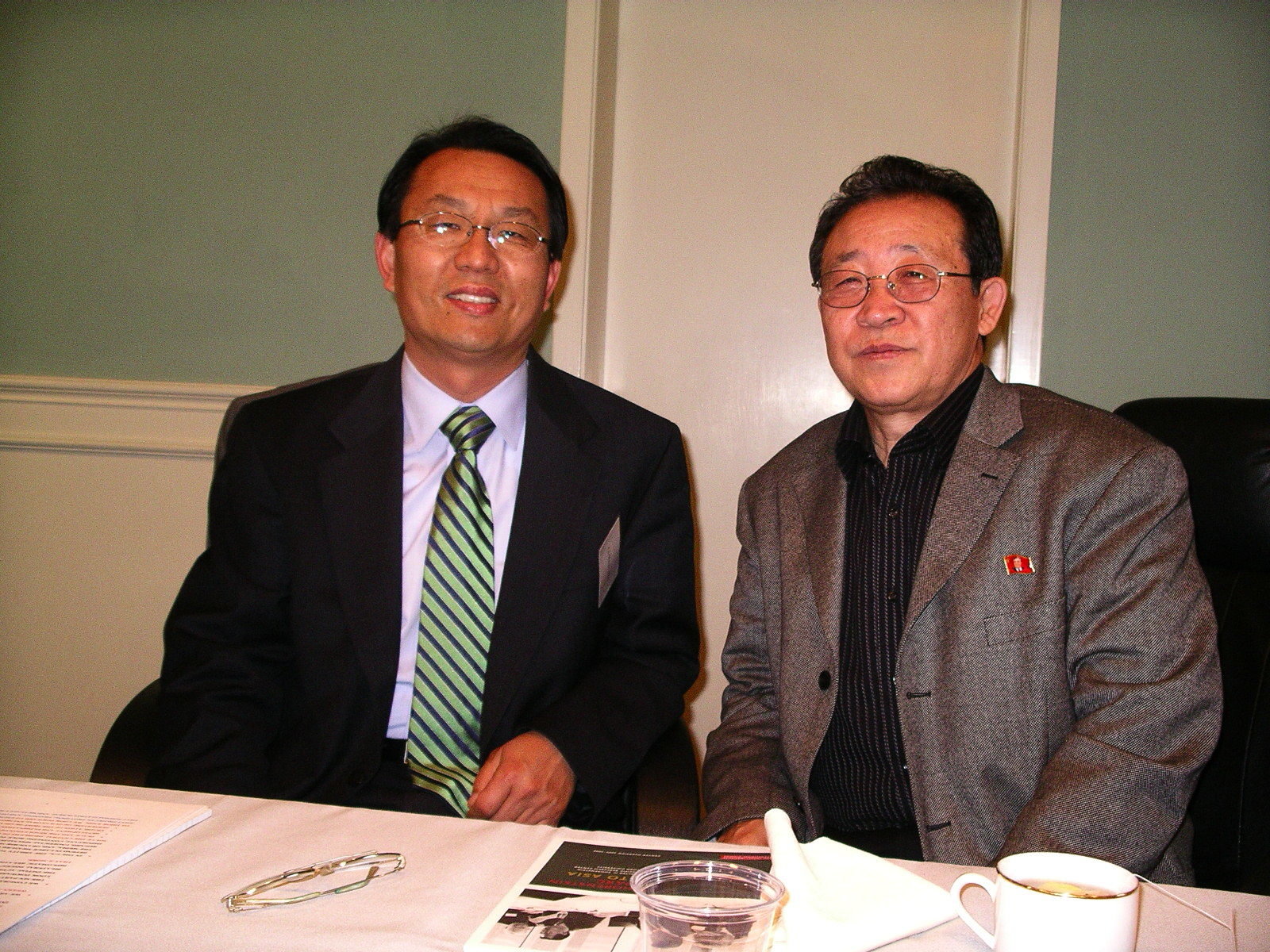
APARC Stanford Director Gi-wook Shin (left) with Kim Gye Gwan.

Gi-wook Shin and Kim Gye Gwan seated. David Holloway and Sig Hecker standing. Ms. Choe Son Hui taking a photo.
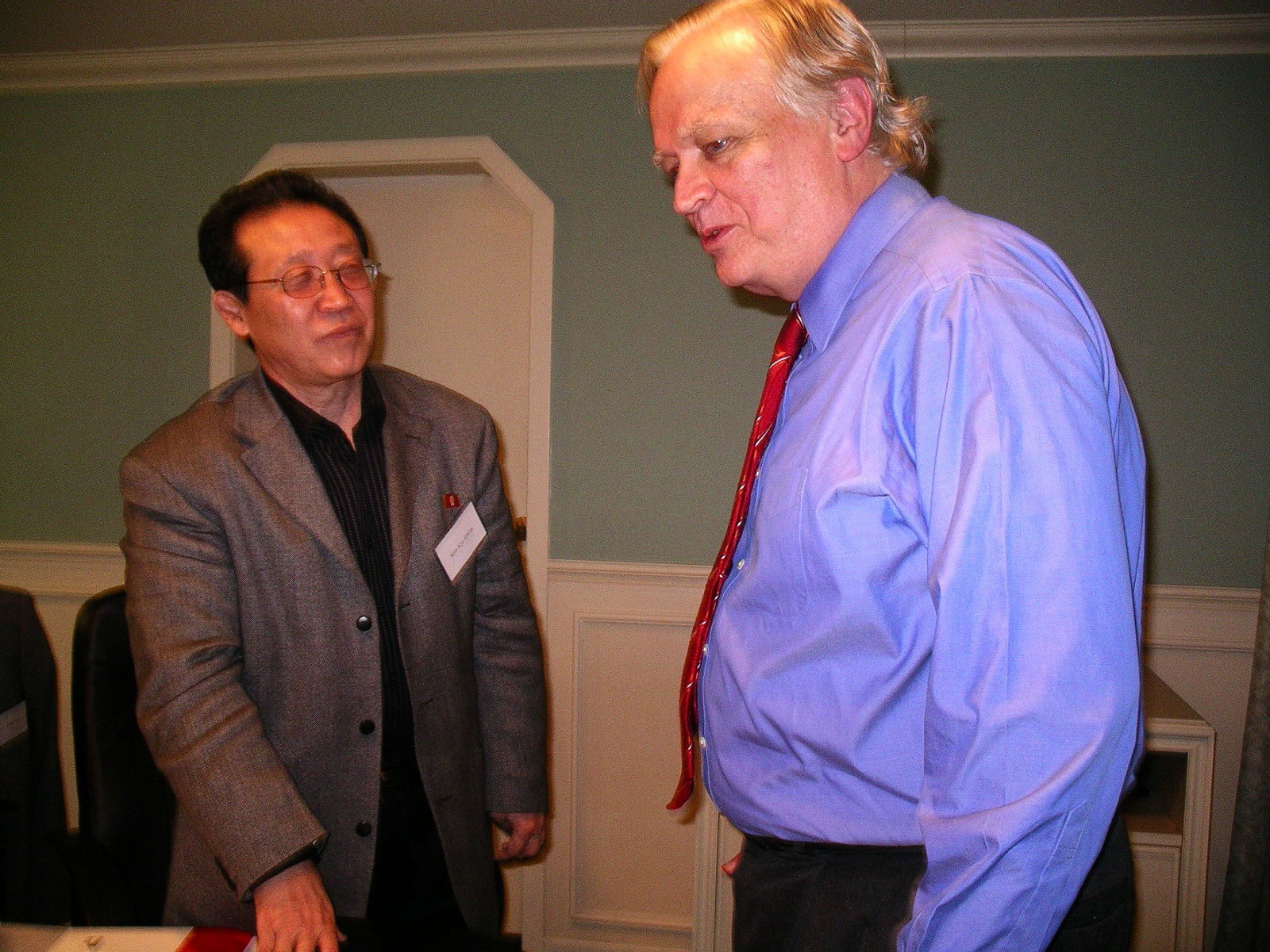
Kim Gye Gwan and State Department’s John Merrill.
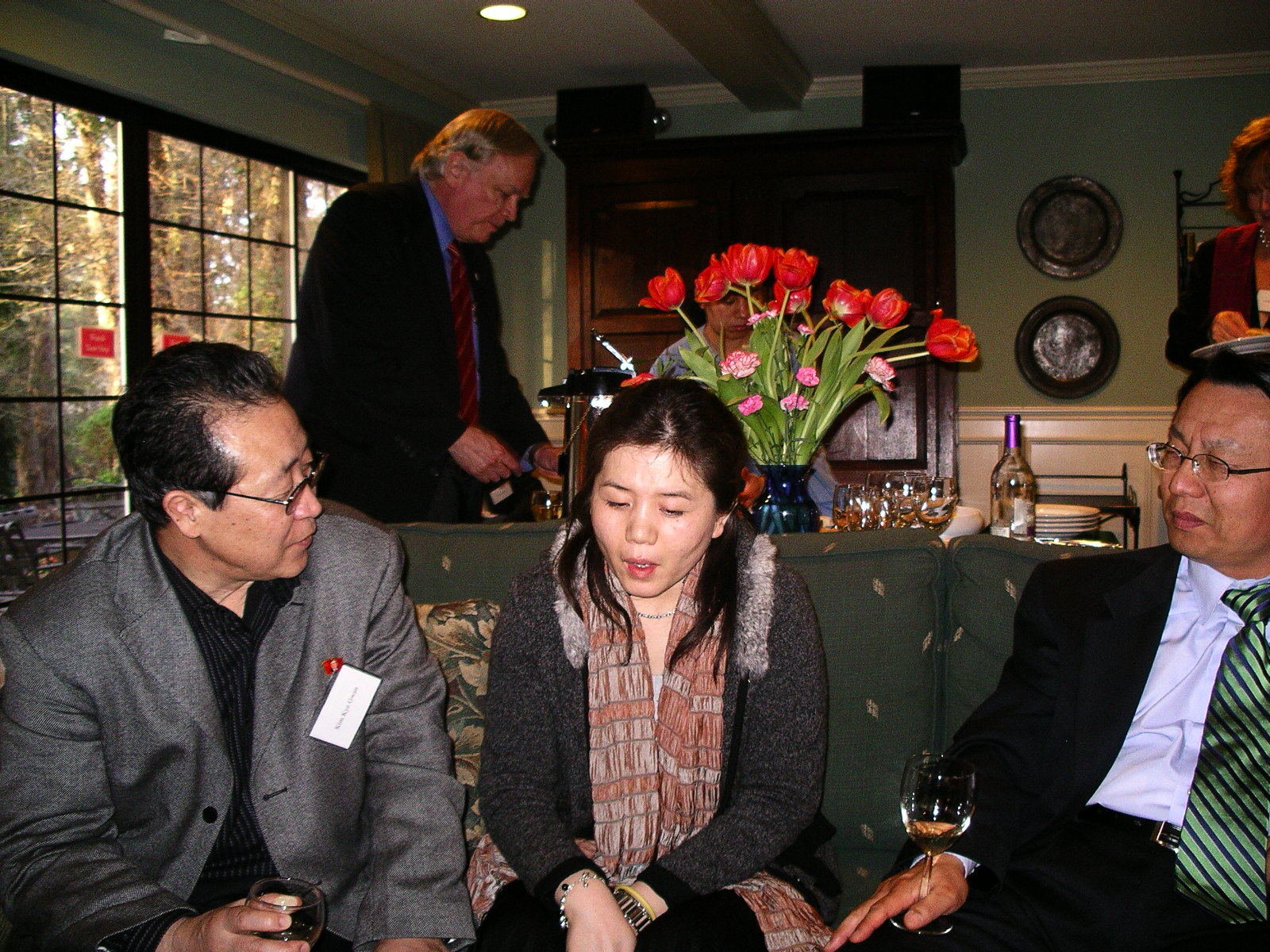
Ms. Choe Son Hui (center) in conversation with Vice Minister Kim Gye Gwan (left) and APARC Director Gi-wook Shin.
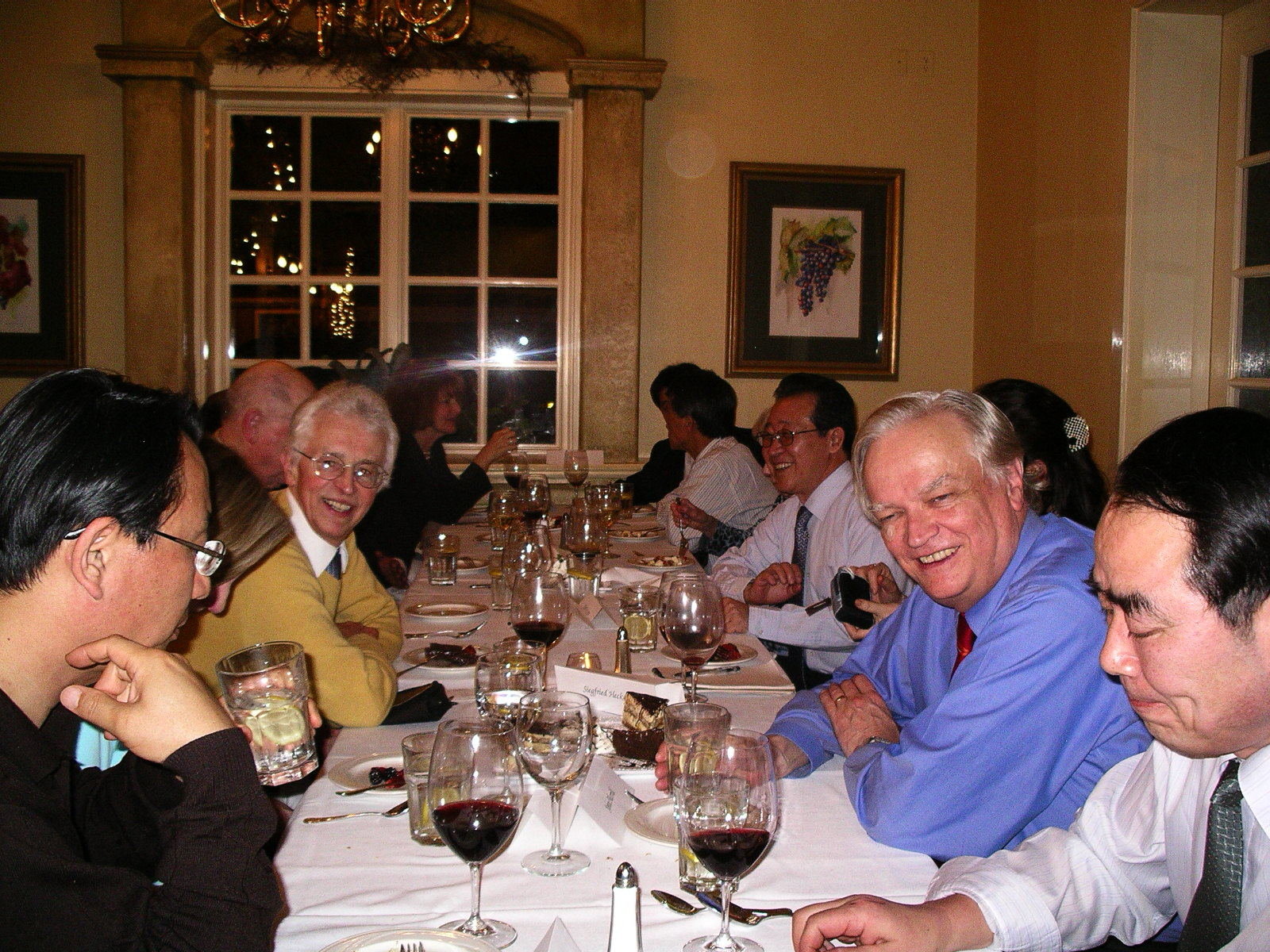
After a long day of discussions. Dinner at Italian restaurant.

After a long day of discussions. Ms. Choe Son Hui and John Merrill sharing a laugh.

Hecker (left) with Vice Minister Kim Gye Gwan.
August 2007: Yongbyon visit and Pyongyang meetings
In August 2007, the North Korean side invited Lewis, Hecker, and other Stanford delegation experts to visit the Yongbyon nuclear complex and assess the disablement actions they had taken. As in prior visits, Stanford group was interested in promoting the theme of U.S.-DPRK “normalization.” With MFA Vice Minister Kim Gye Gwan’s help, Lewis was able to arrange meetings with officials from the education and health ministries. These visits and discussions revealed a significant, and very positive, shift in the North’s approach on the overall question of non-official engagement with the United States.
(Photo Gallery)
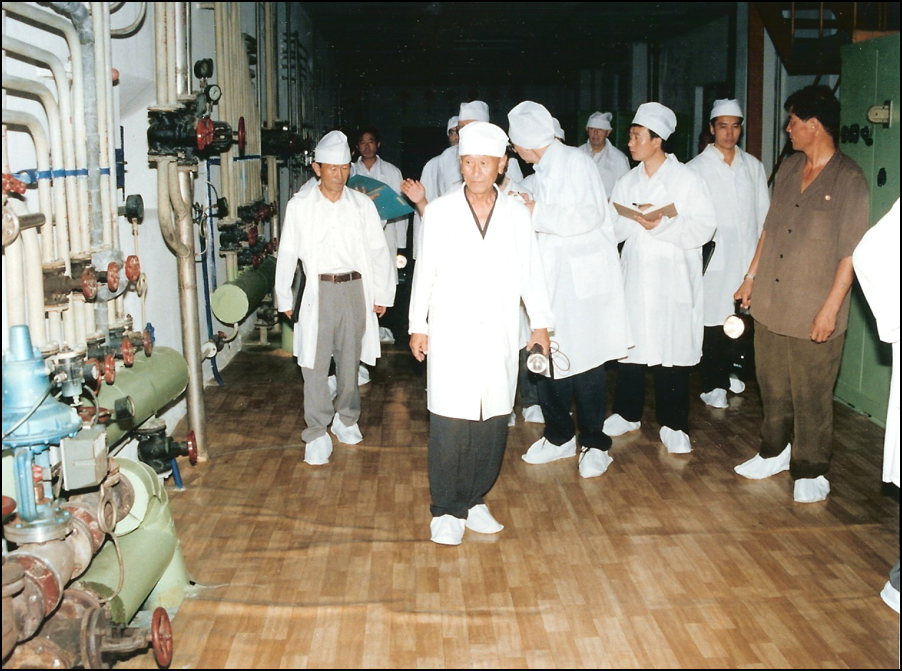
Reprocessing facility in Yongbyon. Stanford team in corridor in facility during their return visit on August 10, 2007.
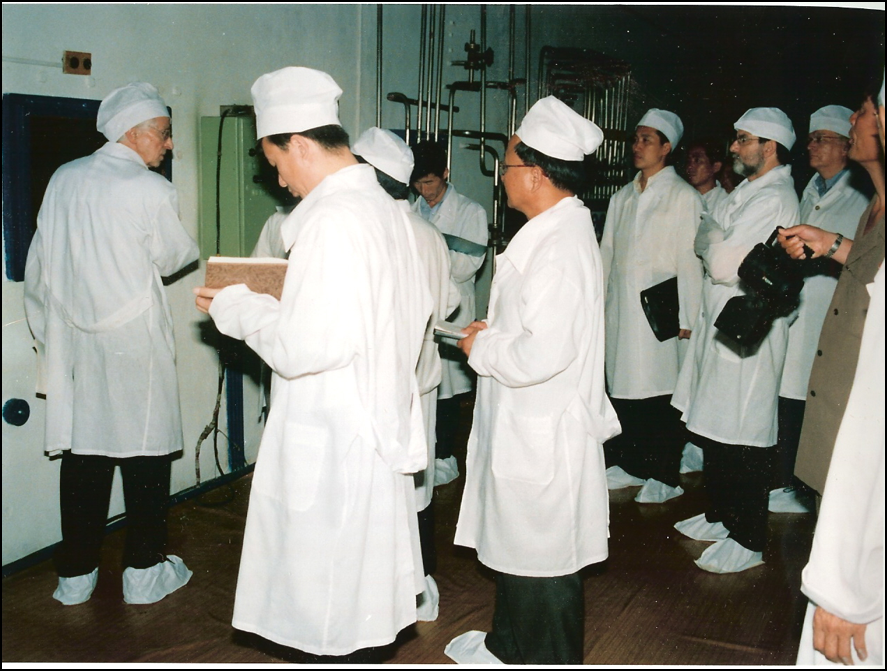
Reprocessing facility in Yongbyon. Hecker shining flashlight into hot cell chamber during power outage.

Reprocessing facility in Yongbyon. Lewis is on left, Carlin in background, next John Merrill and then Hecker.
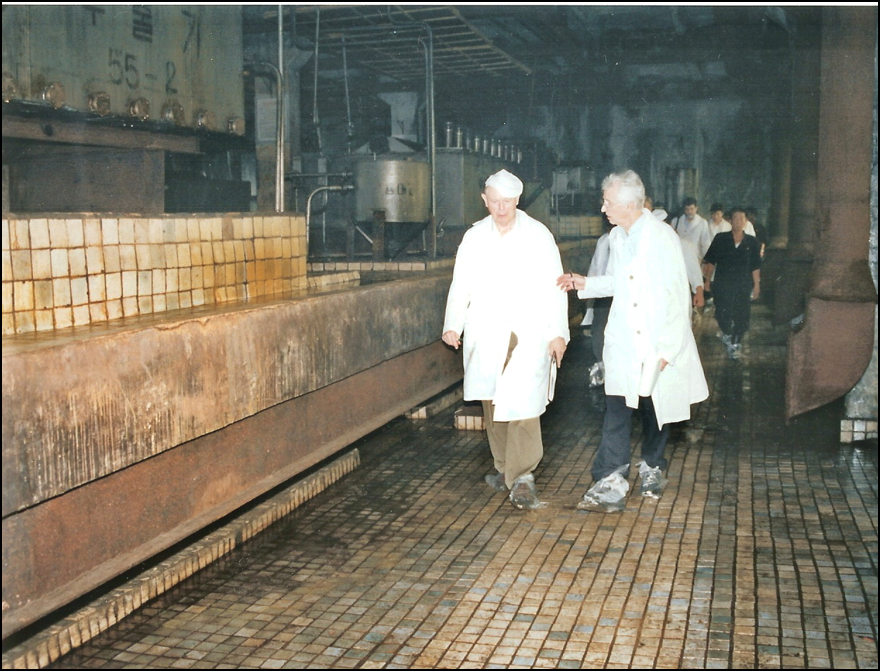
Fuel fabrication facility in Yongbyon. Lewis and Hecker on top floor of six-story uranium facility.
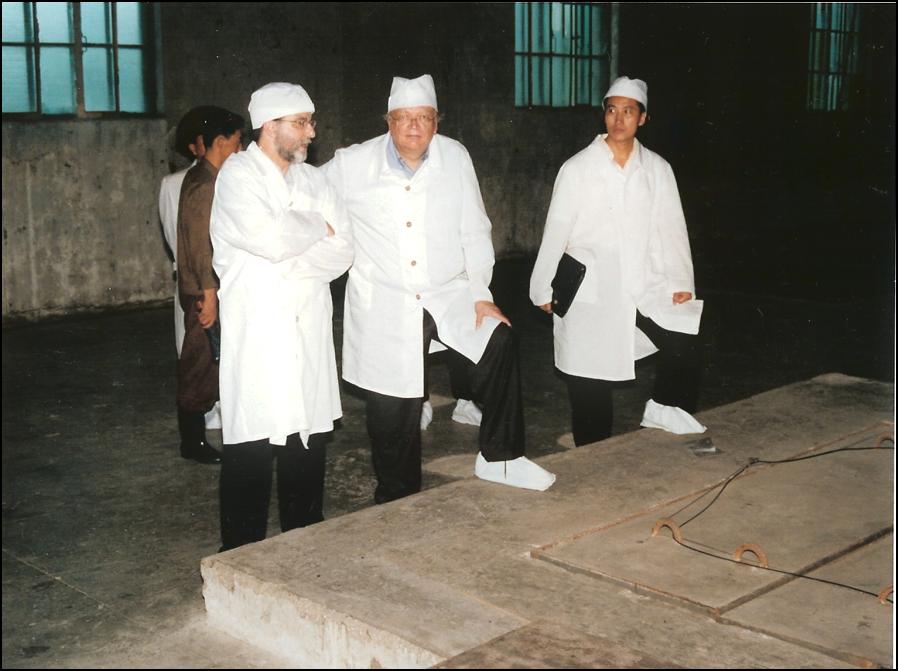
Reprocessing facility in Yongbyon. Carlin (left) and Merrill on the top floor of the facility.

Plutonium laboratory in Yongbyon. Hecker – third from right in Yongbyon plutonium laboratory with glovebox in foreground.
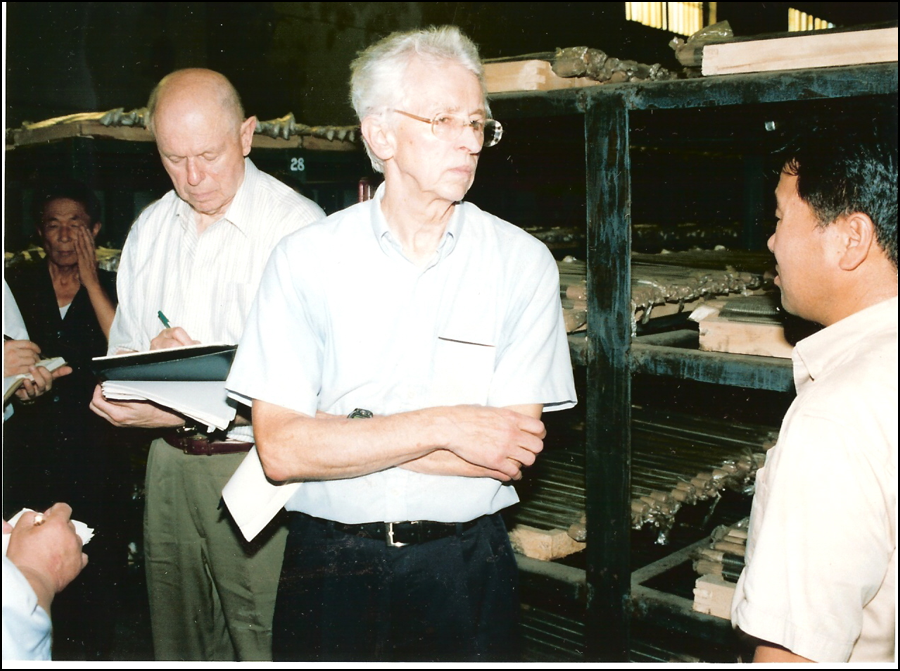
Fuel fabrication facility in Yongbyon. Hecker (front) and Lewis in fresh fuel rod storage building.
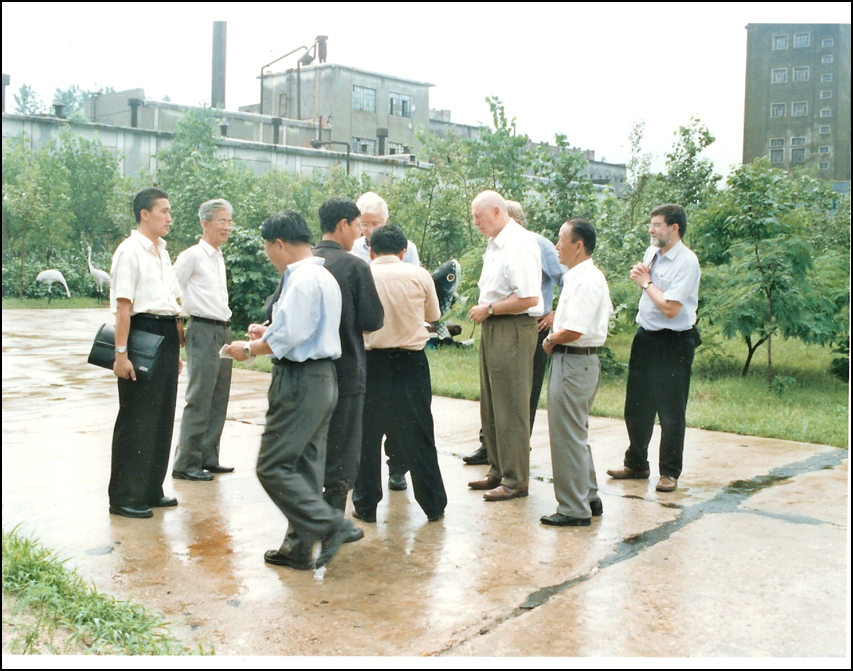
Fuel fabrication facility in Yongbyon. Stanford team outside of facility.
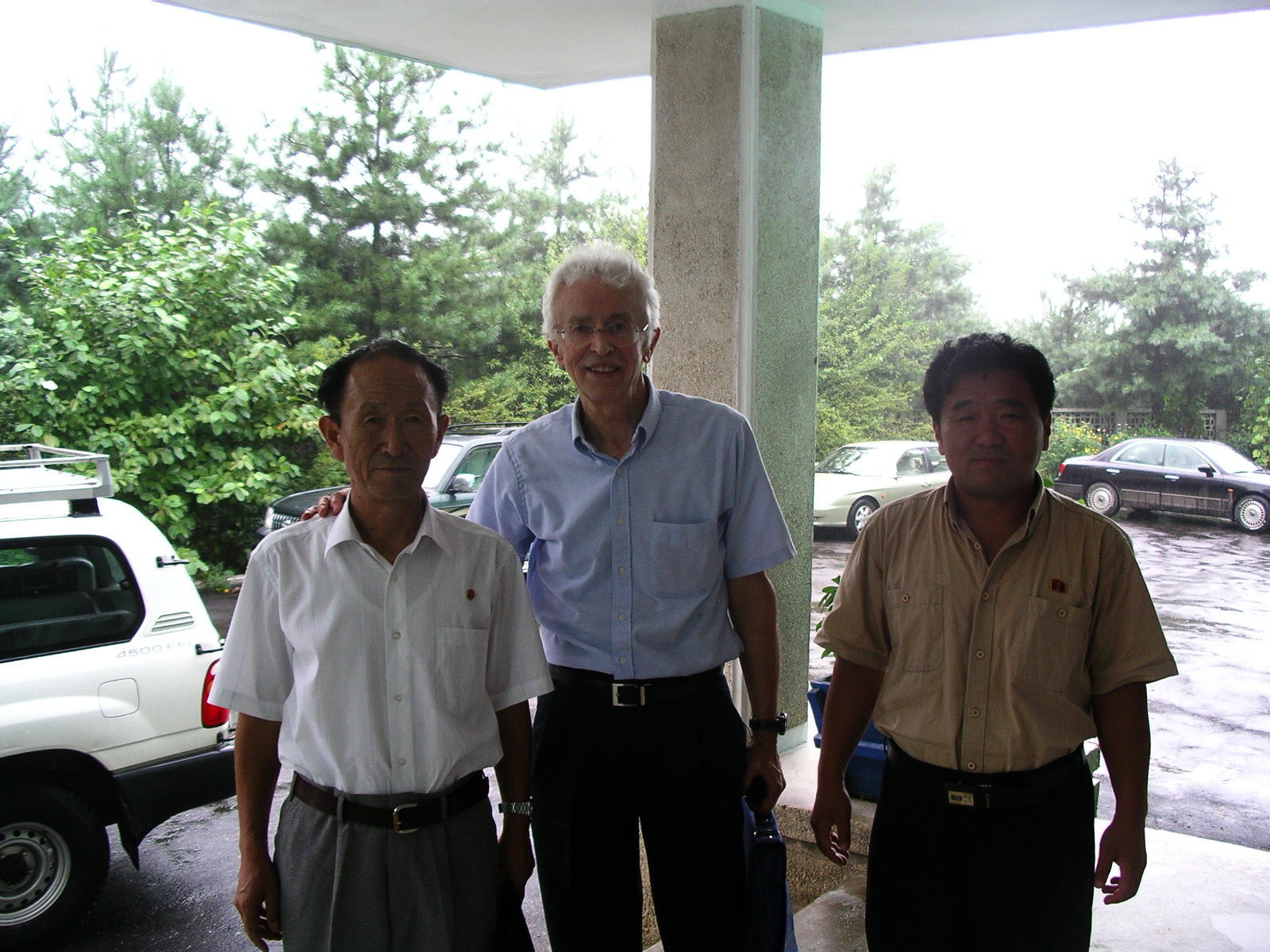
Yongbyon. Hecker (center) with Safeguards Section Head Li Yong Ho, and interpreter.
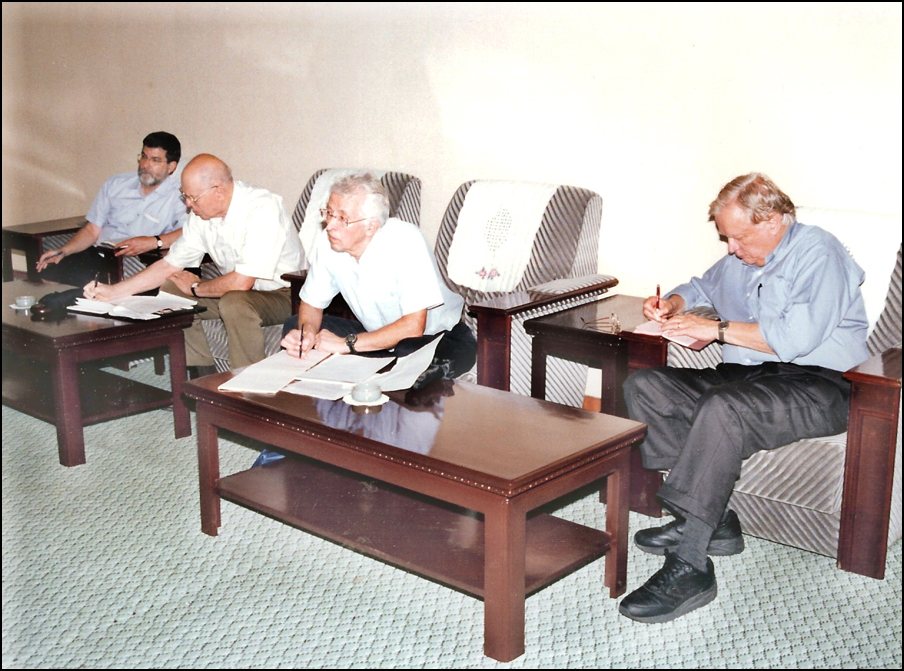
Stanford team in Yongbyon Guest House during outbrief. From left to right: Carlin, Lewis, Hecker, and Merrill.
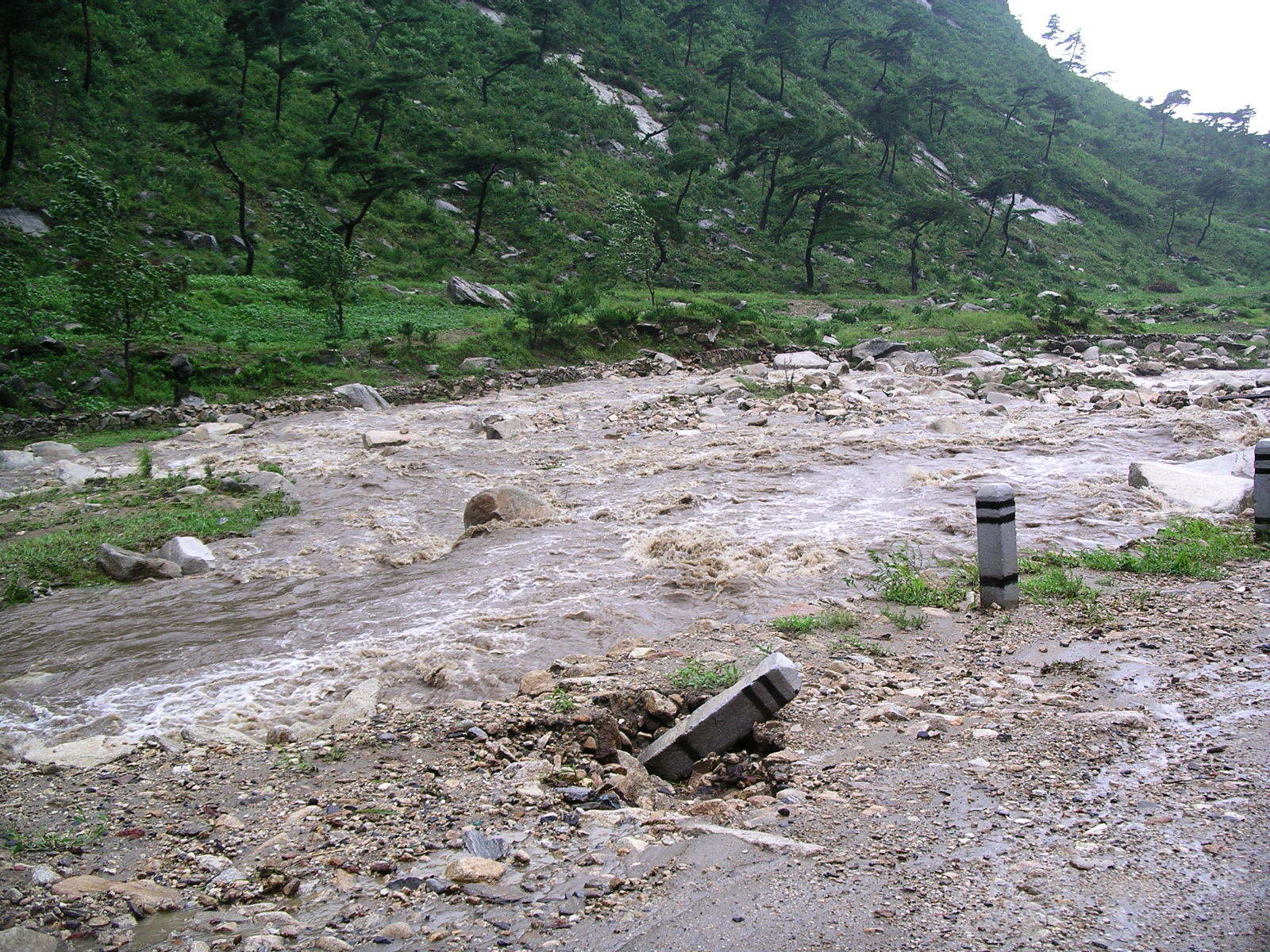
Heavy flood damage in North Korea in August 2007.

Yongbyon townspeople repairing the road and bridge over Kuryong River damaged by torrential floods that summer.

Farmland outside Yongbyon City.
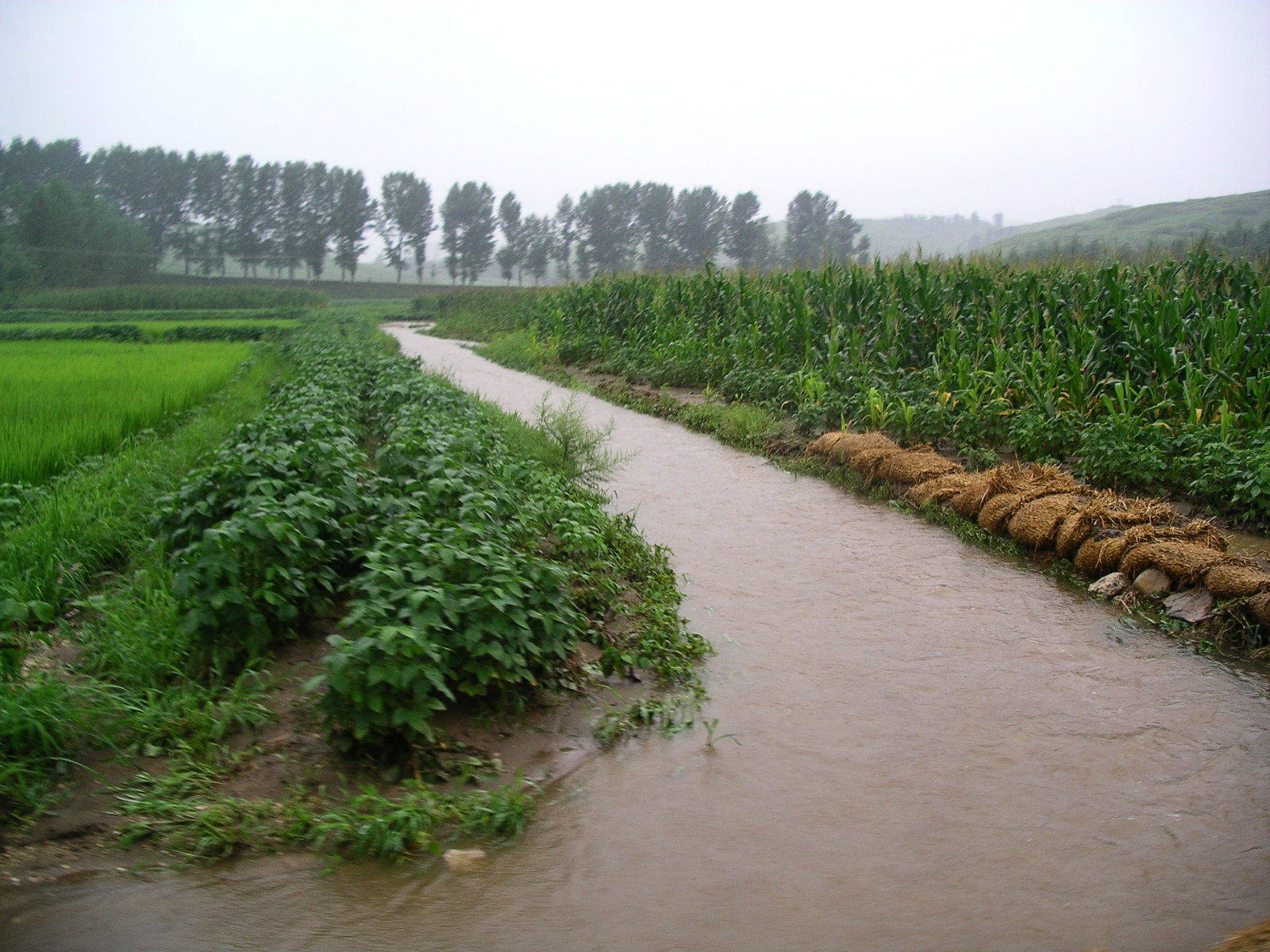
Flooded farmland.
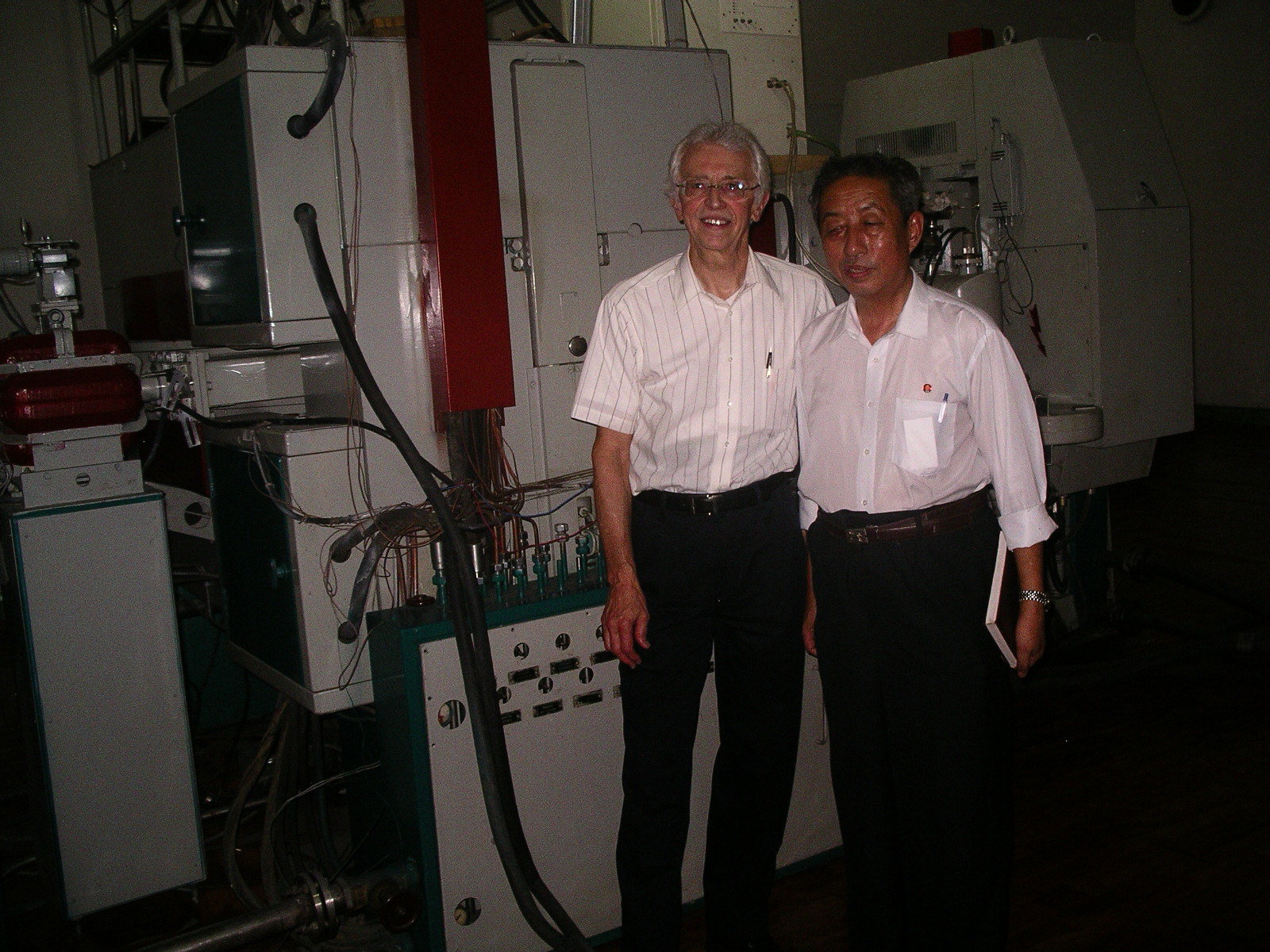
Institute for Atomic Energy Research – Pyongyang (Medical isotopes and research). Hecker and the Lab director.
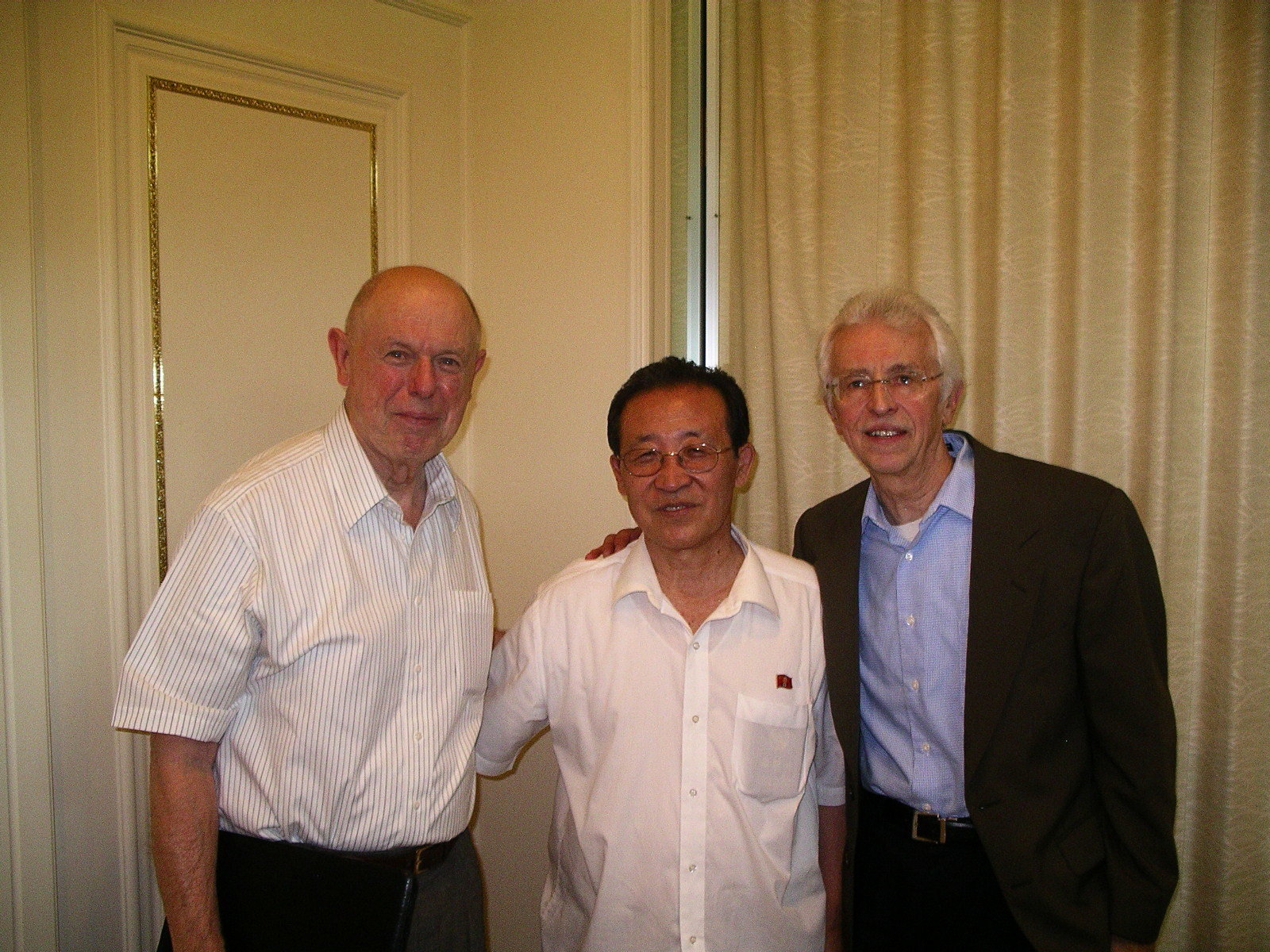
Ministry of Foreign Affairs Pyongyang, First Vice Minister Kim Gye Gwan with Lewis and Hecker.
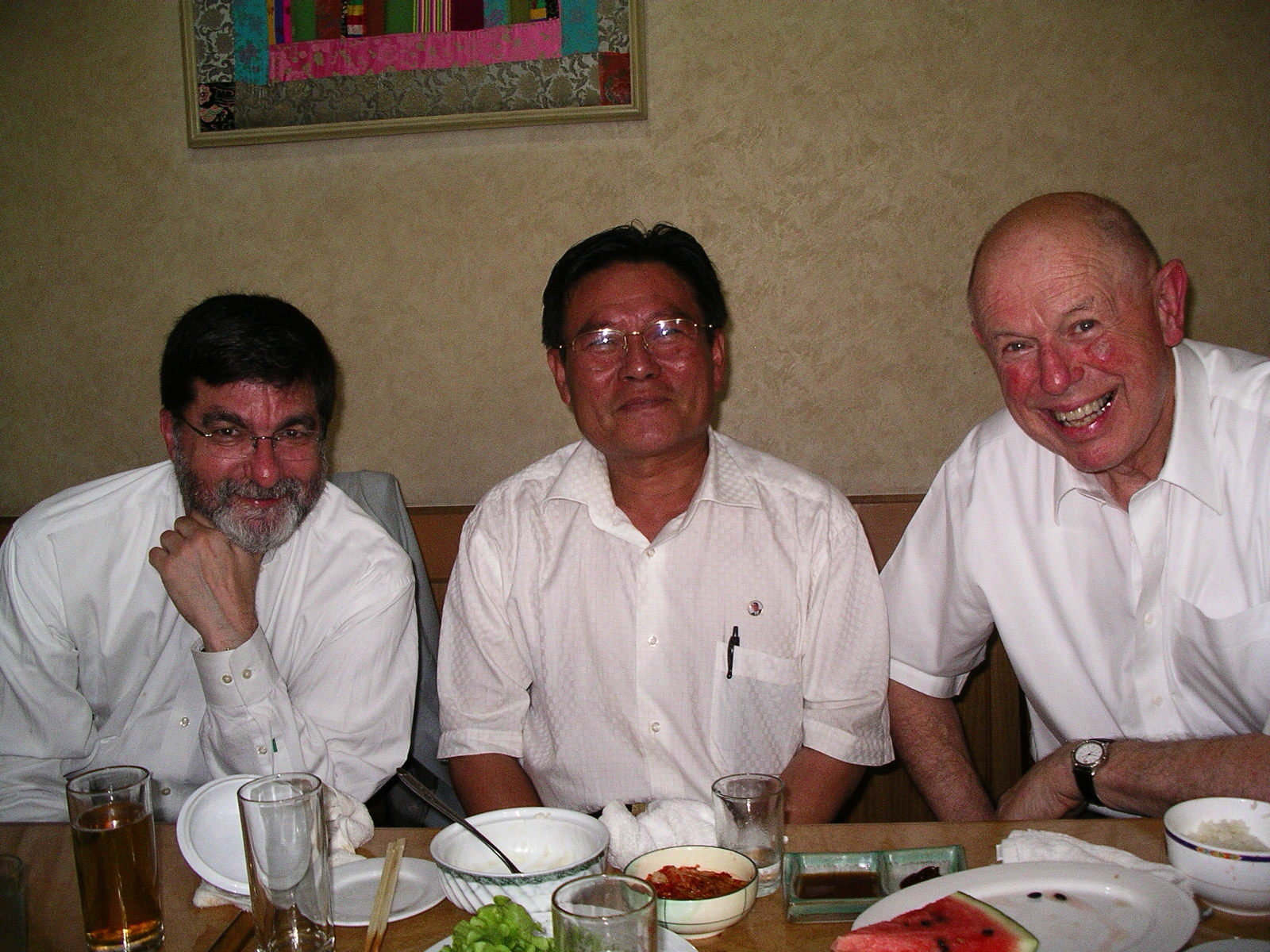
At dinner with MFA’s Director General Ri Gun, Carlin (left), Ri Gun, Lewis.
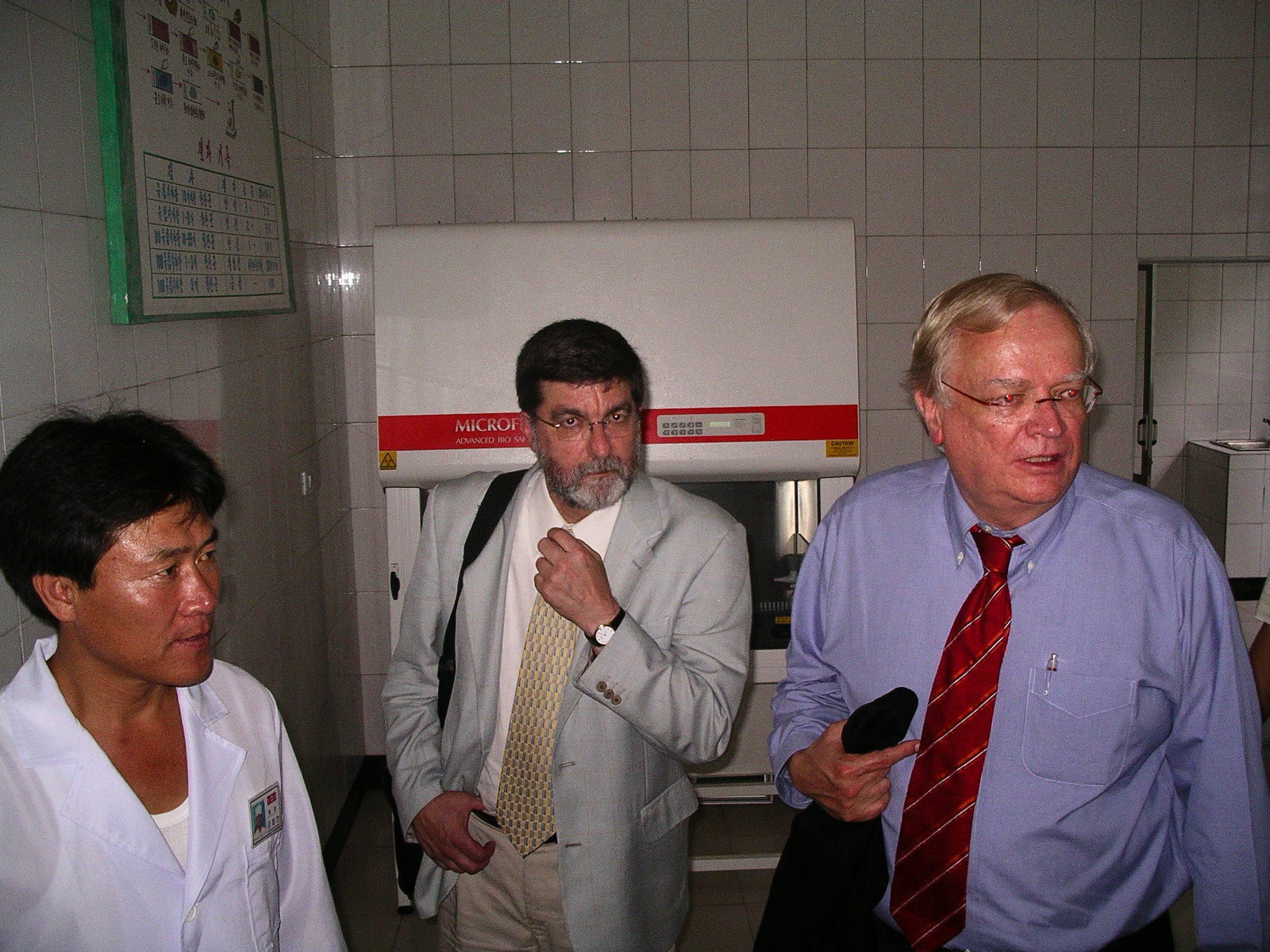
Carlin and Merrill at TB Hospital # 3 Pyongyang with Hospital Director Li Jong Chan.
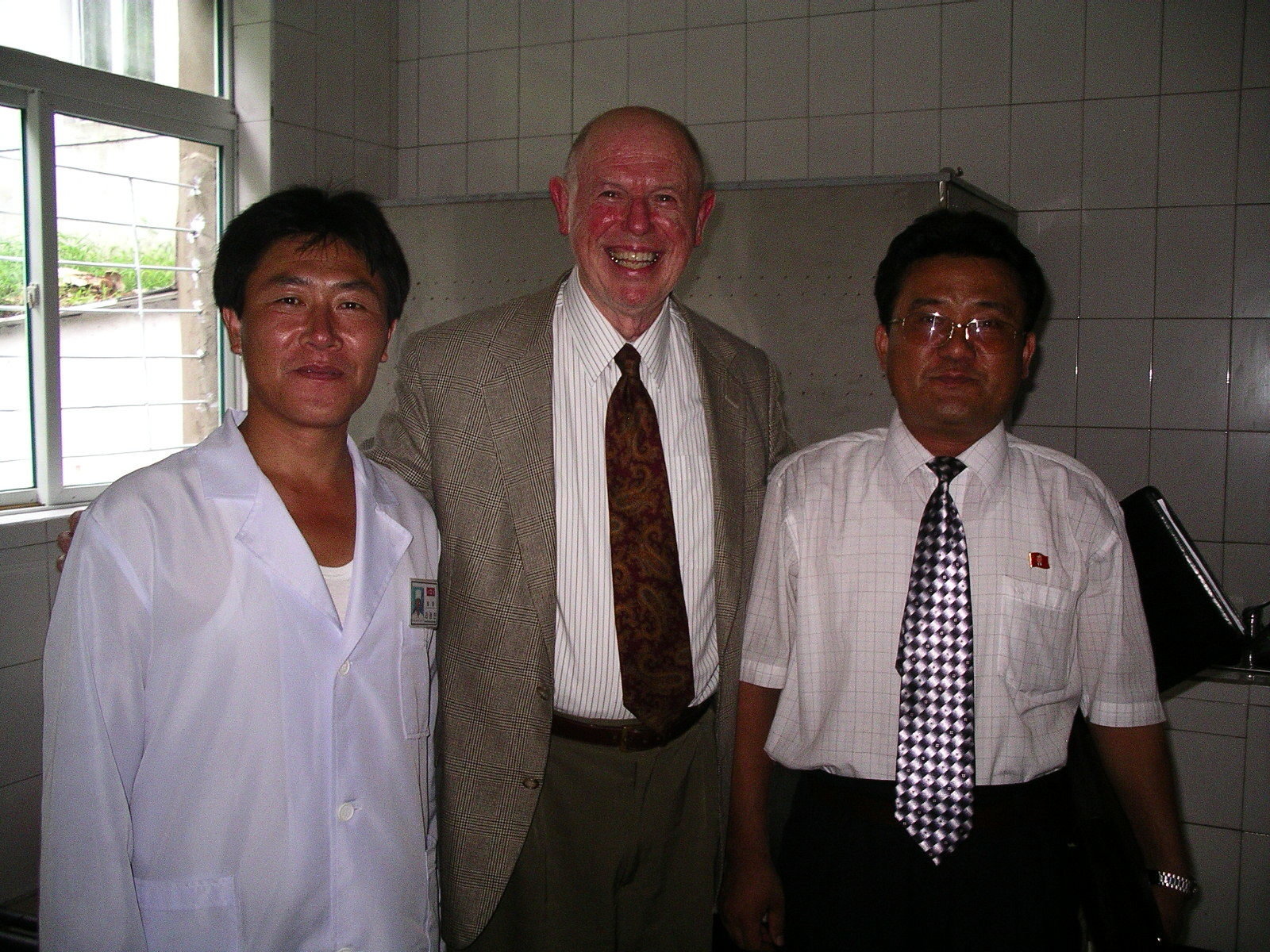
Lewis at TB Hospital # 3 in Pyongyang. The Stanford delegation had discussion with Hospital Director Li Jong Chan (left) and Ministry of Public Health Director General for Tuberculosis and Liver Diseases Li Chon Chol.
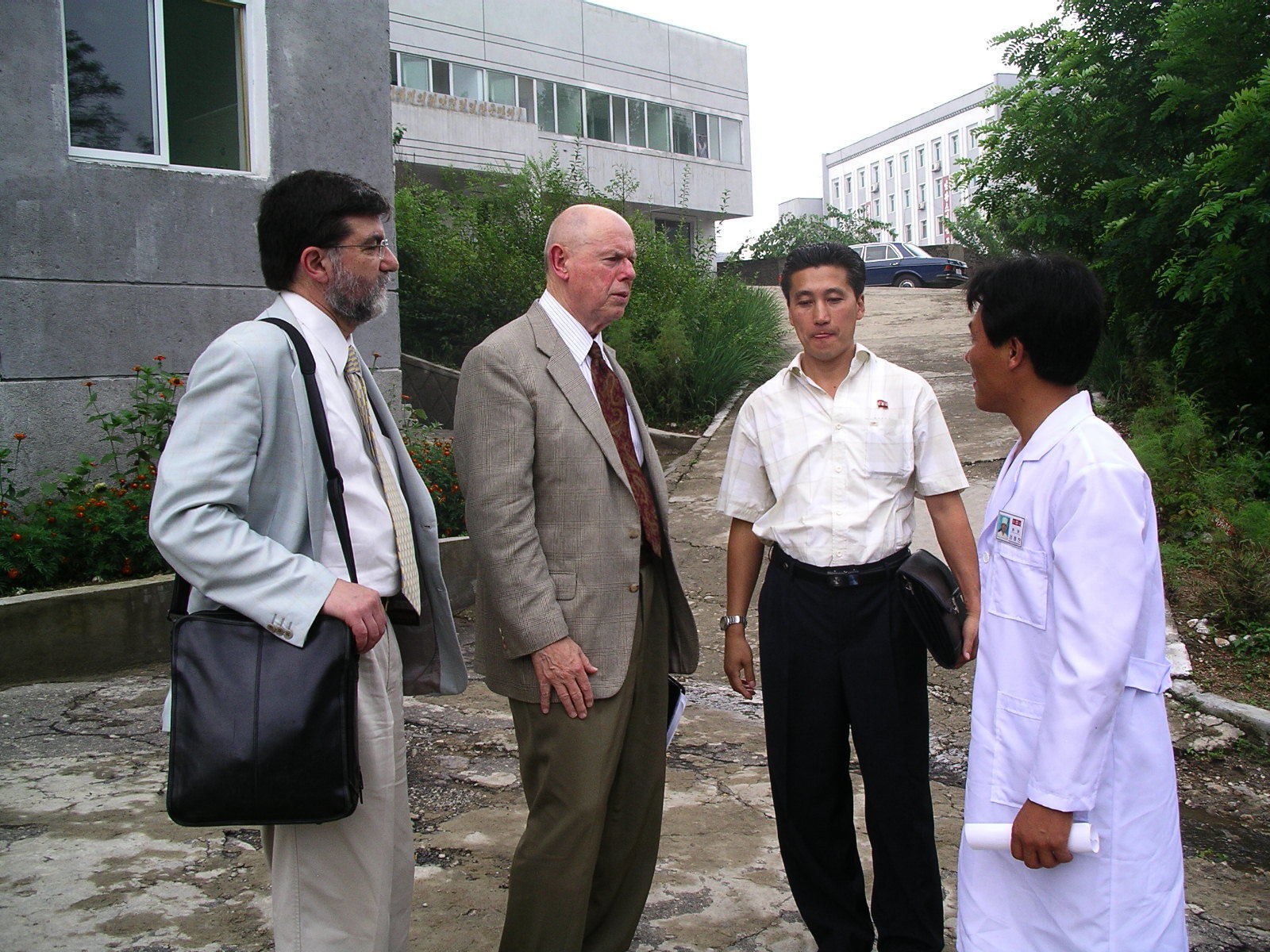
Carlin (left) and Lewis at TB Hospital # 3 Pyongyang with Hospital Director Li Jong Chan and Ministry of Foreign Affairs host, Kwon Jong Gun.
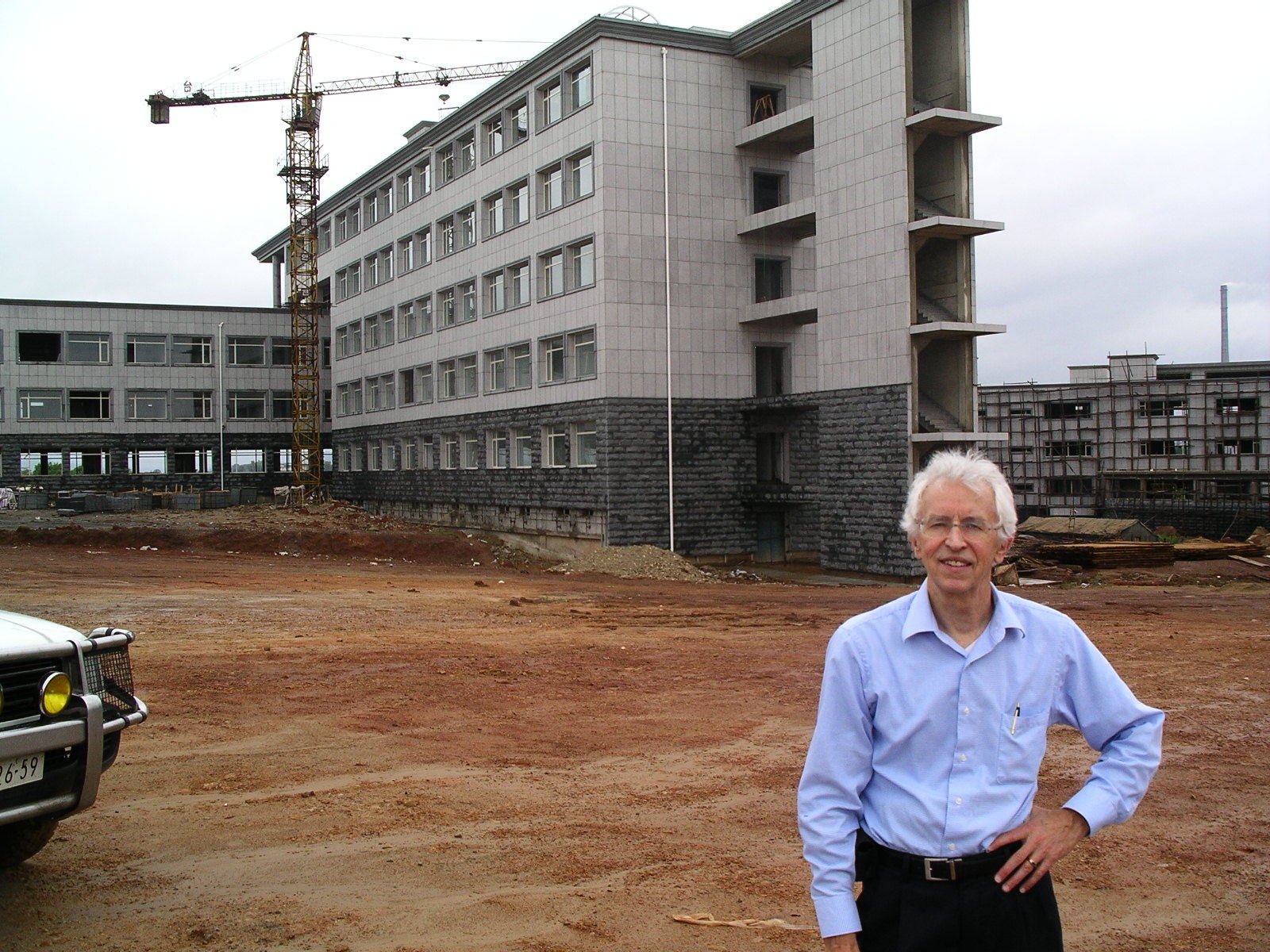
Hecker at the construction site of Pyongyang University of Science and Technology (PUST).
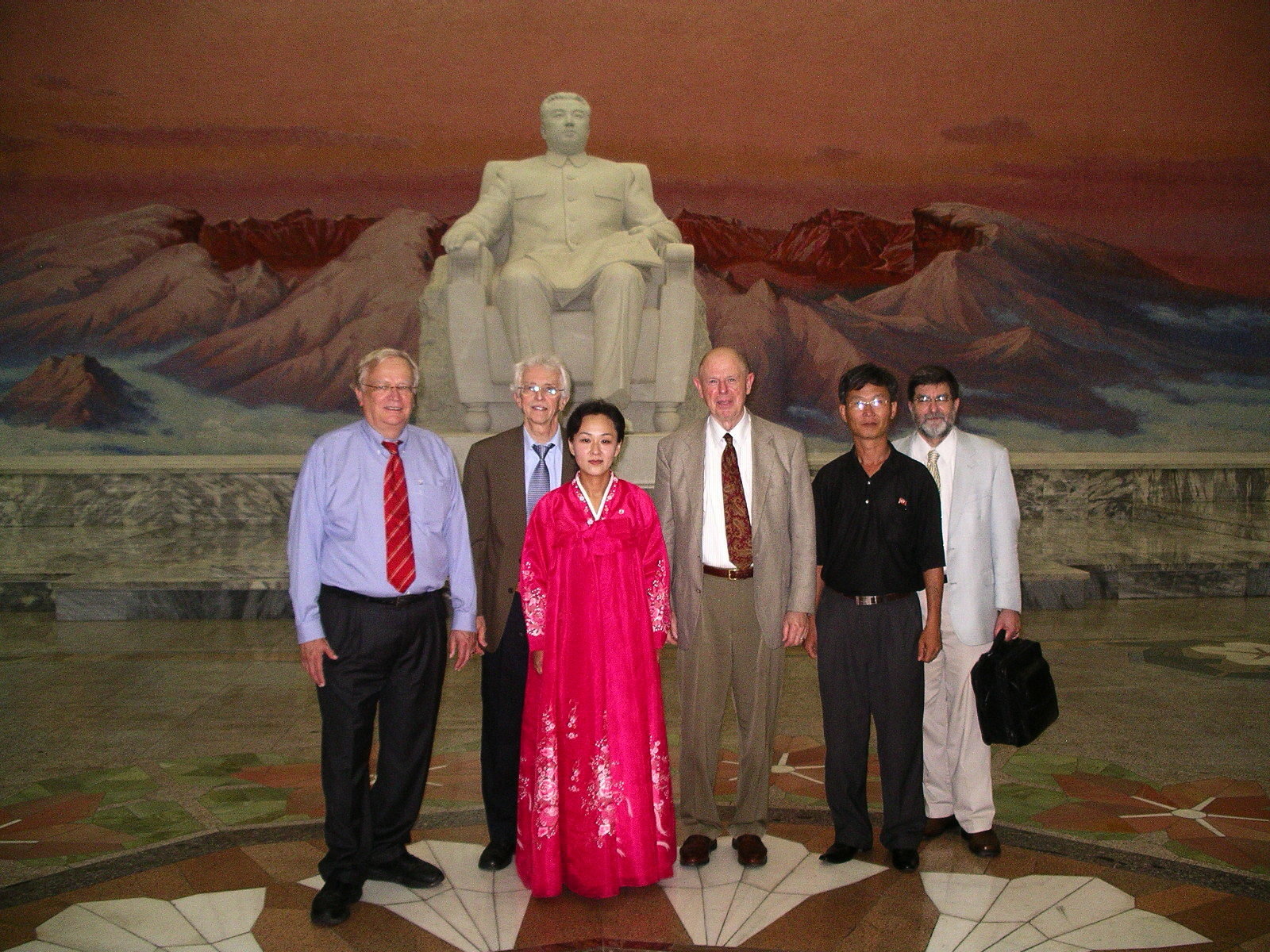
Ceremonial visit during August 2007 trip.
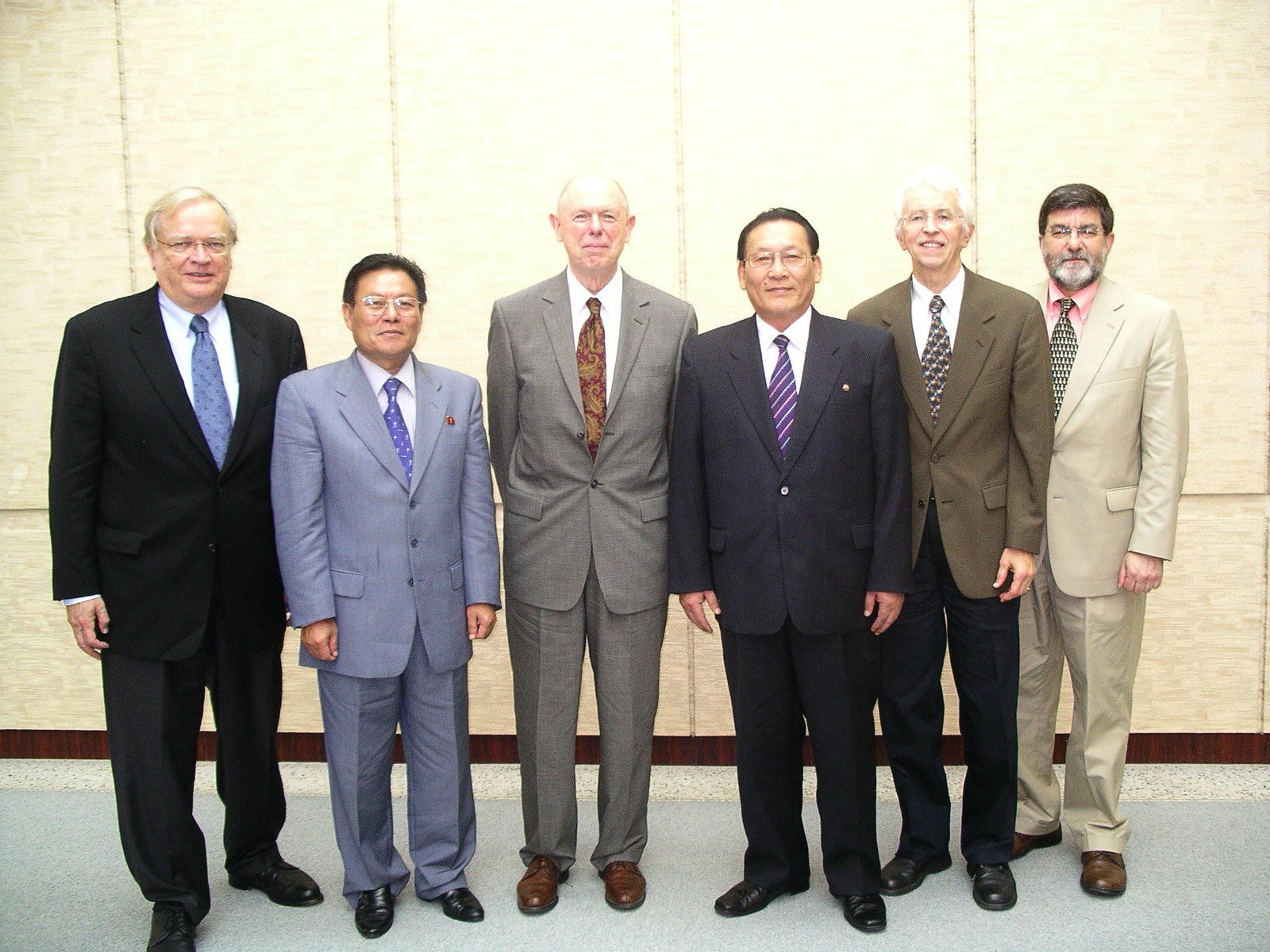
Stanford group at North Korea’s Supreme Peoples Assembly with Vice President Kim Yong Dae and MFA host Ri Gun.
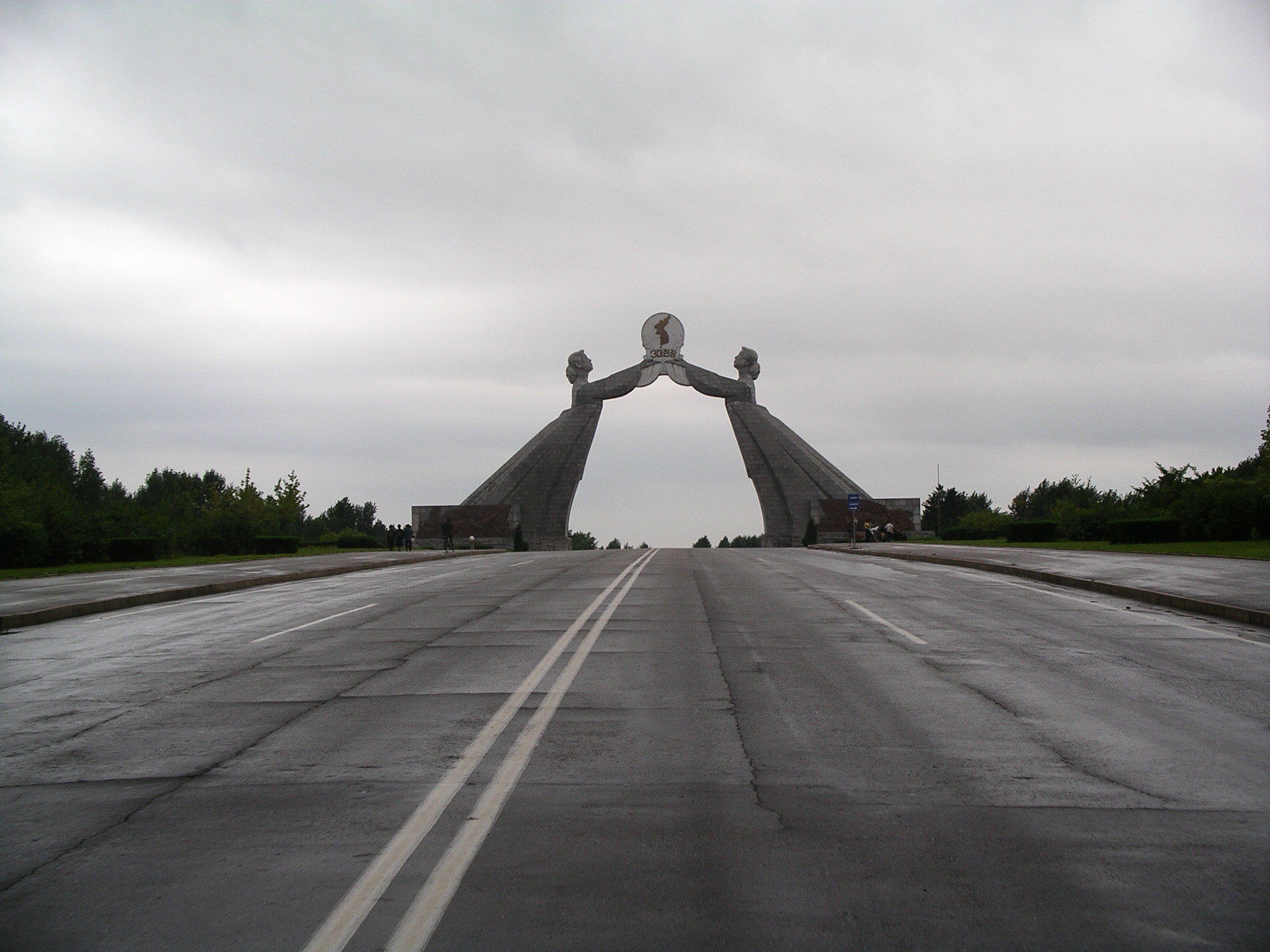
North-South Reunification Monument. Pyongyang, August 2007.
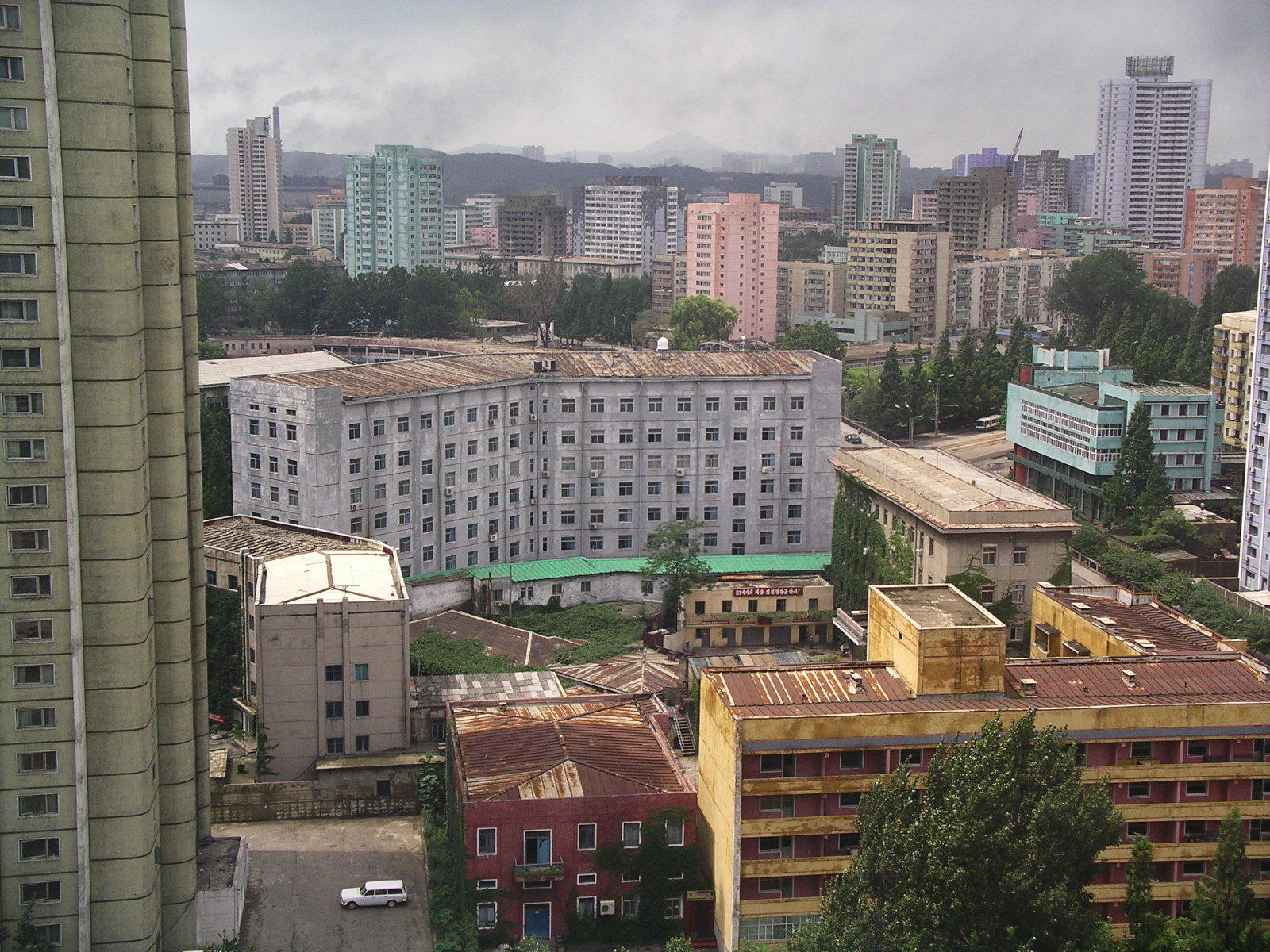
Pyongyang city view.
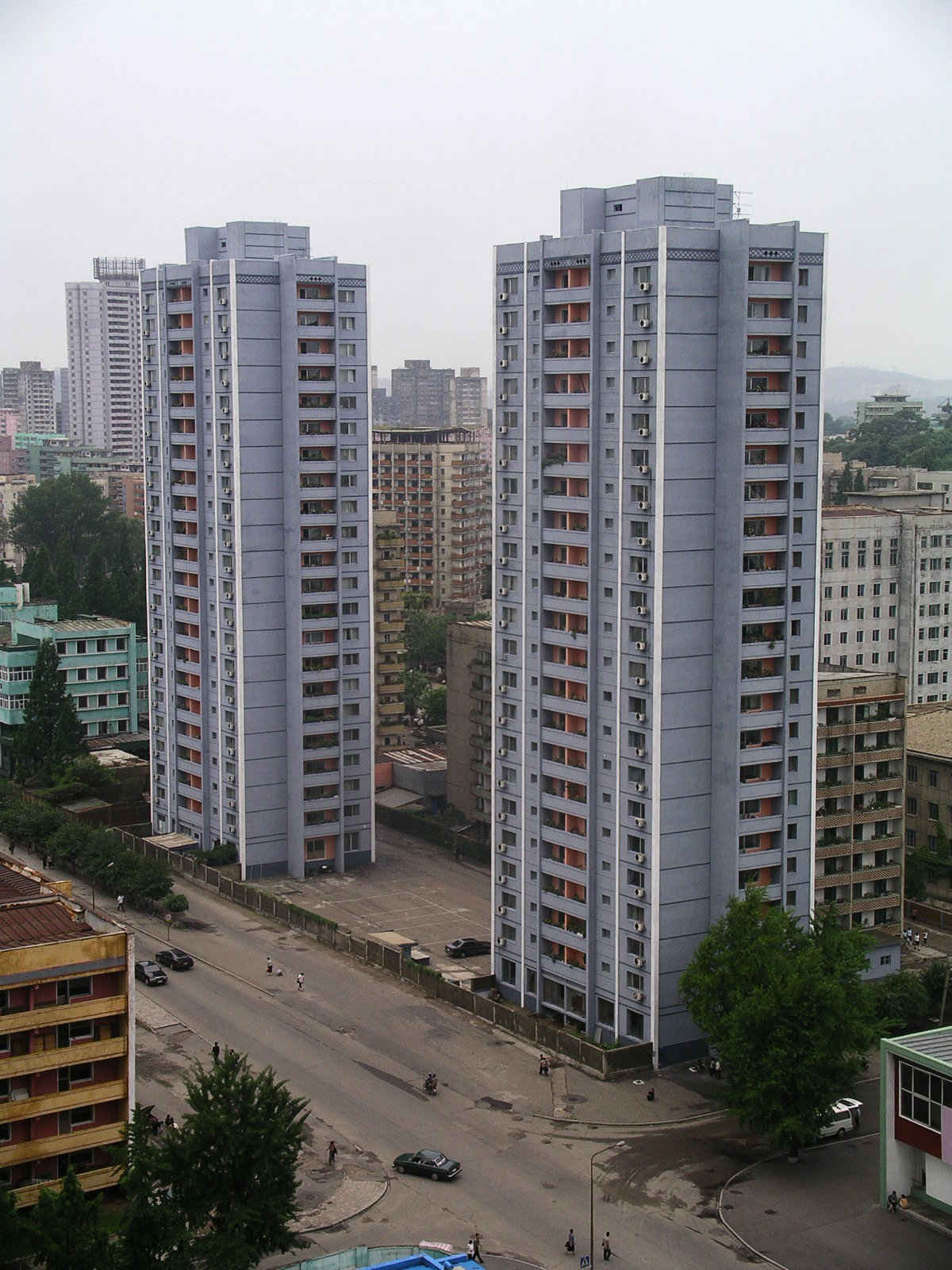
Gated residential complex in Pyongyang.
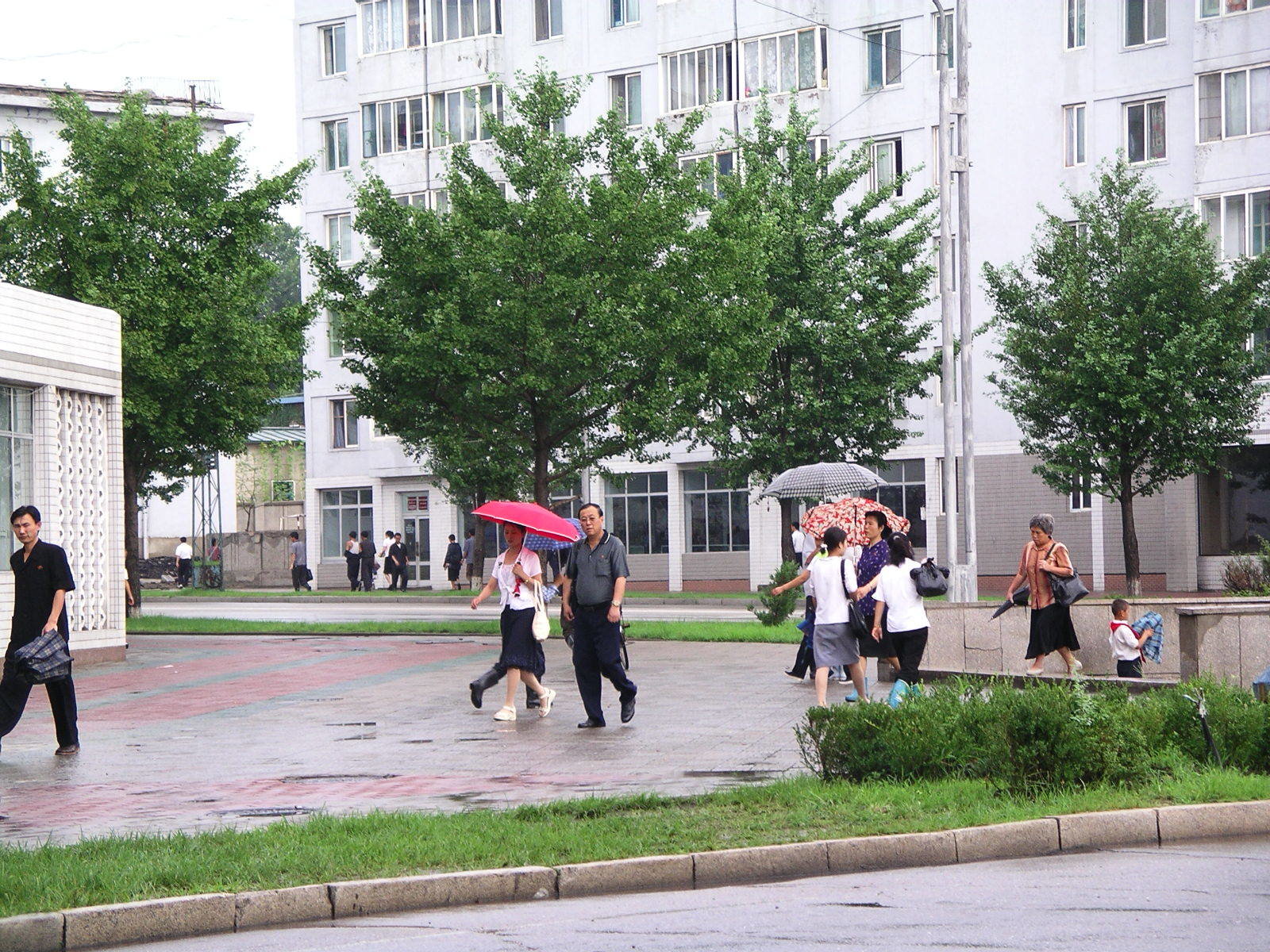
Rainy day in Pyongyang.
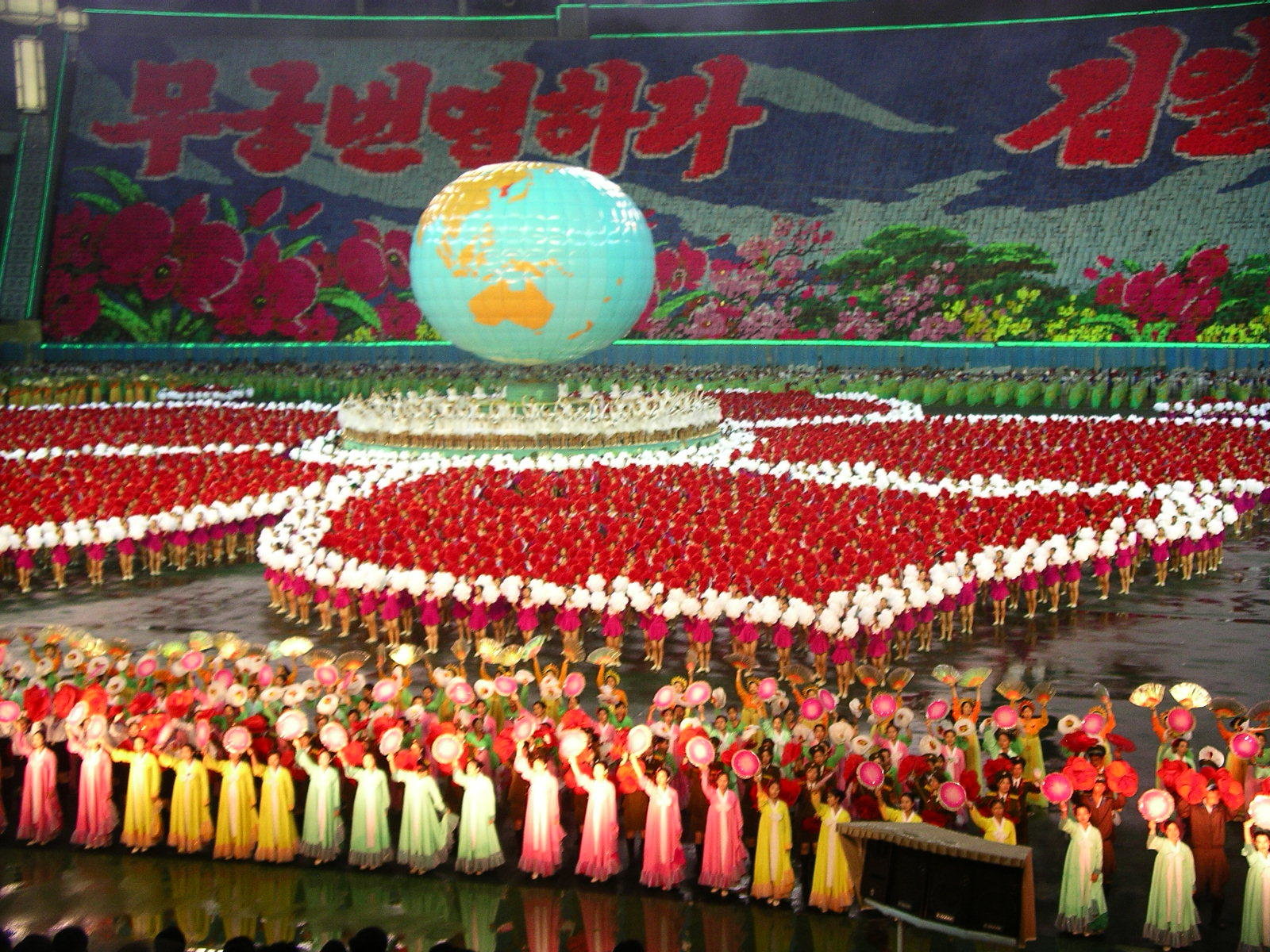
“Arirang” Art Performance at the May Day Stadium, Pyongyang.
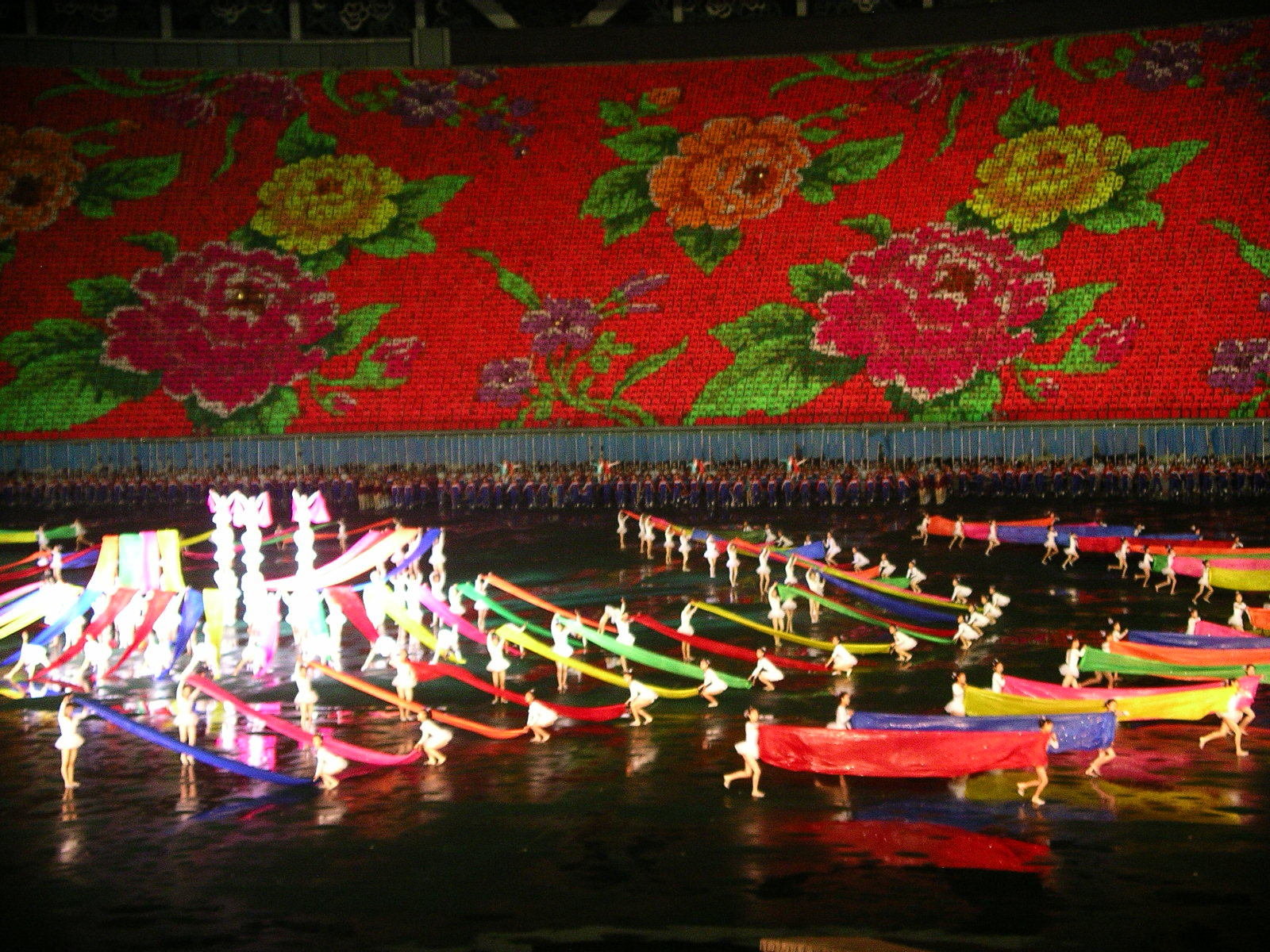
Colorful Arirang performance.
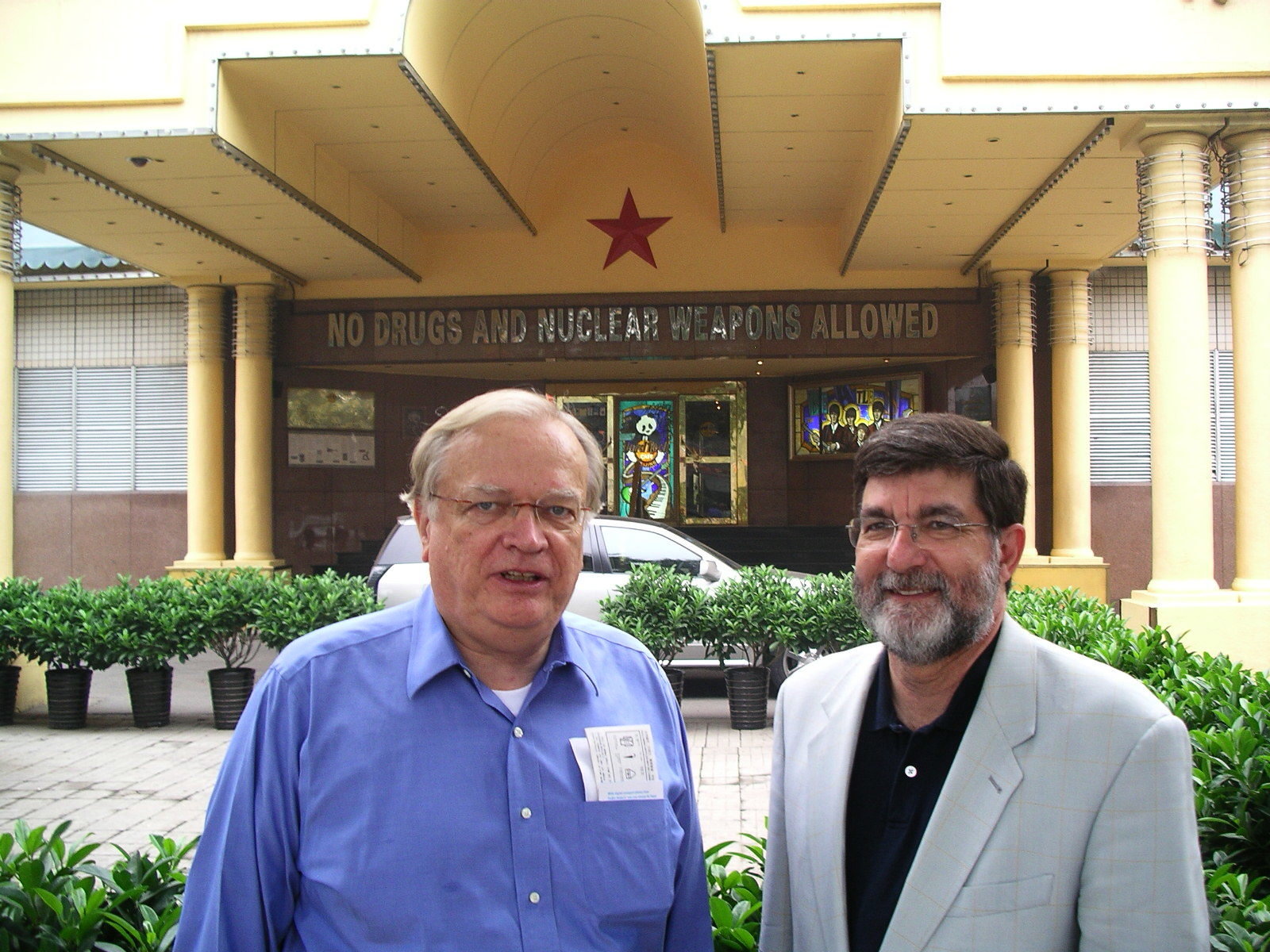
John Merrill (left) and Bob Carlin at Beijing Hot Rock Cafe – Entry reads “No drugs and nuclear weapons allowed.”
